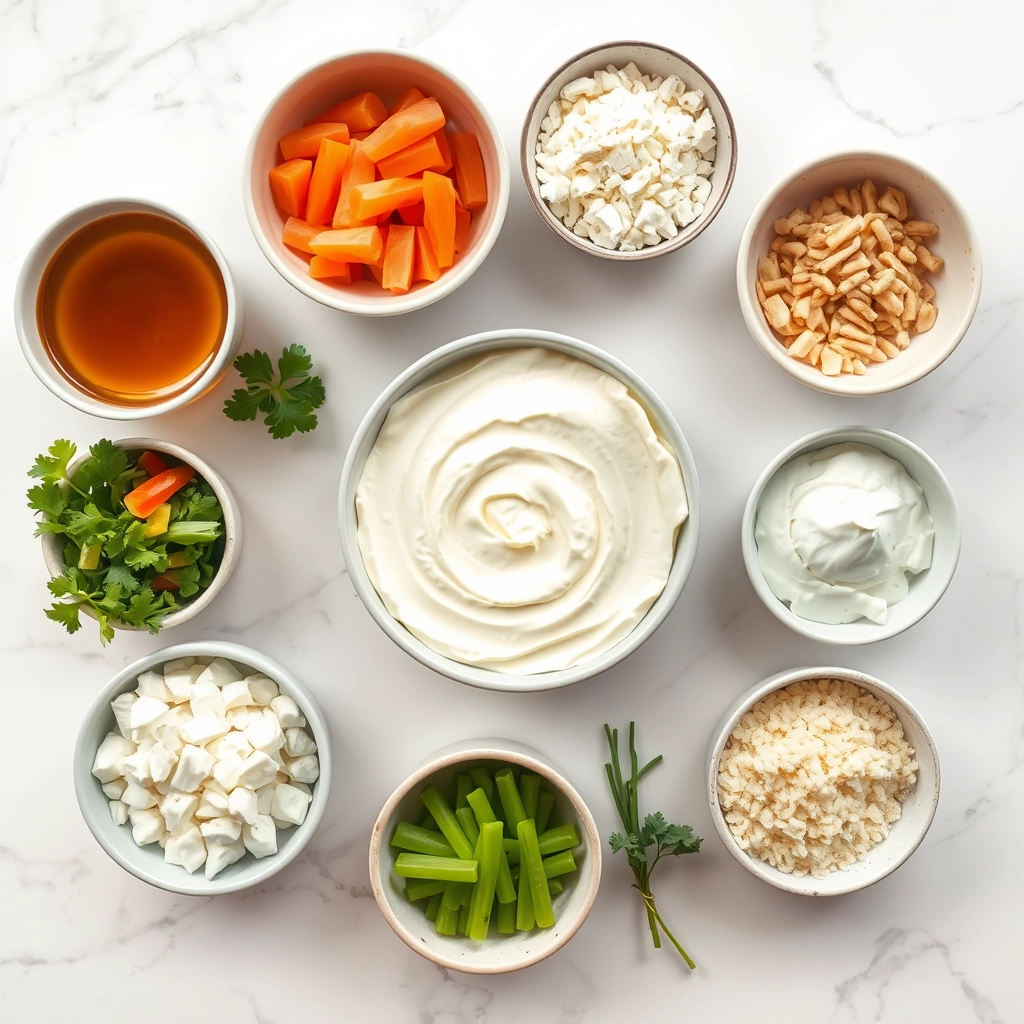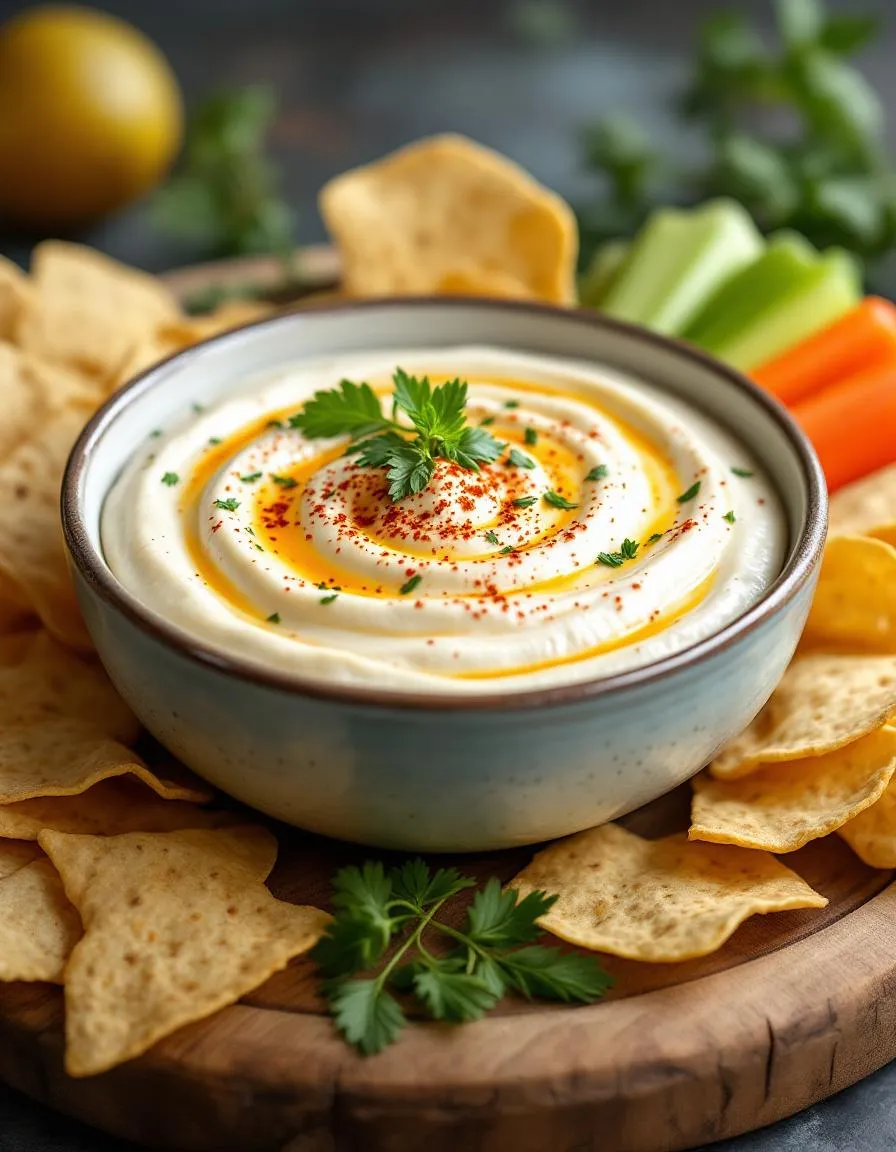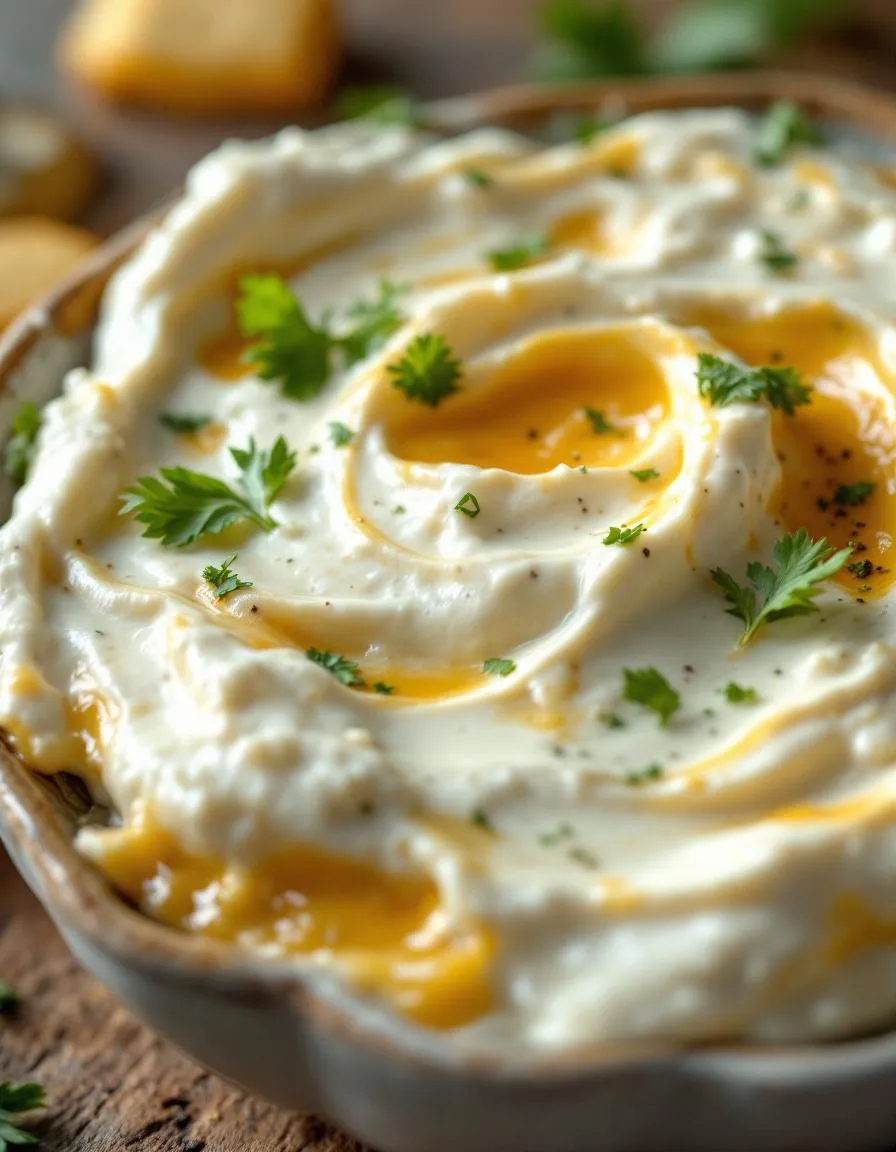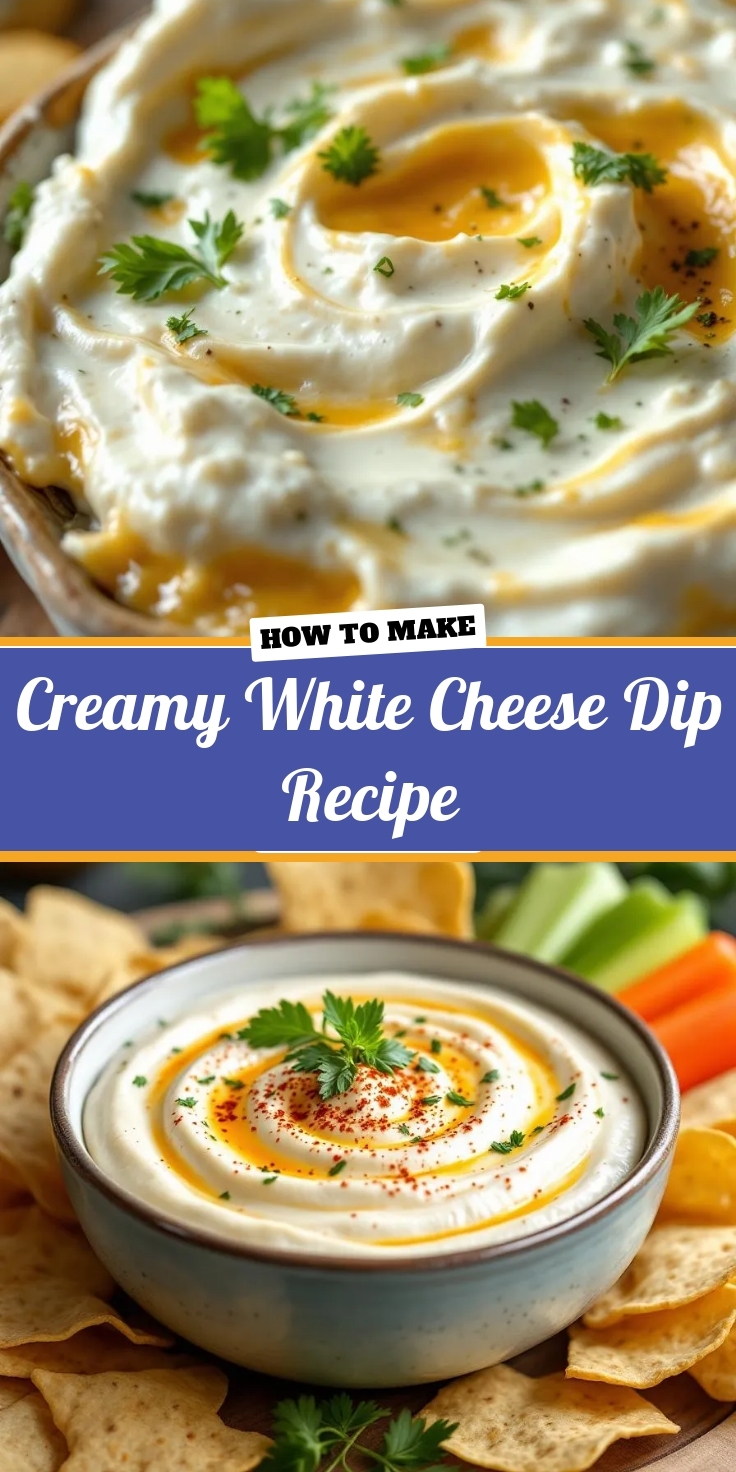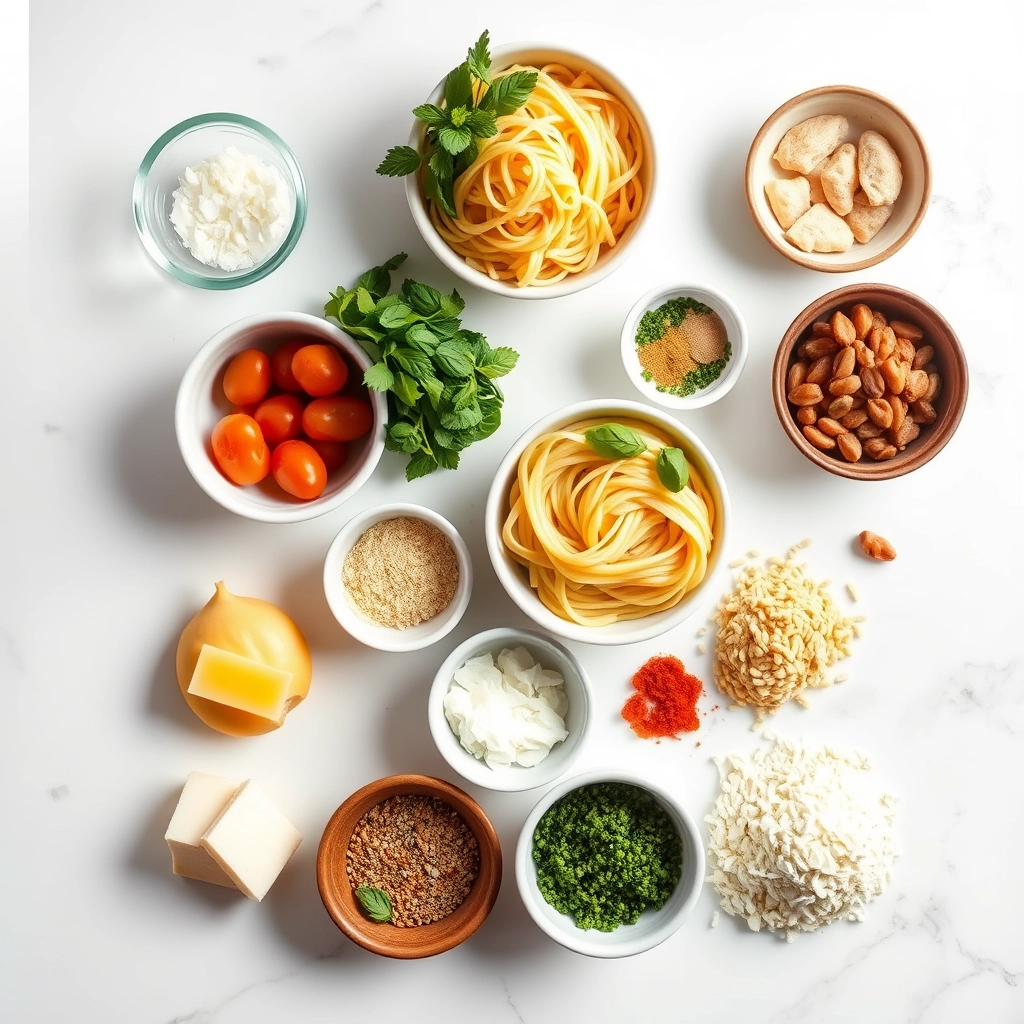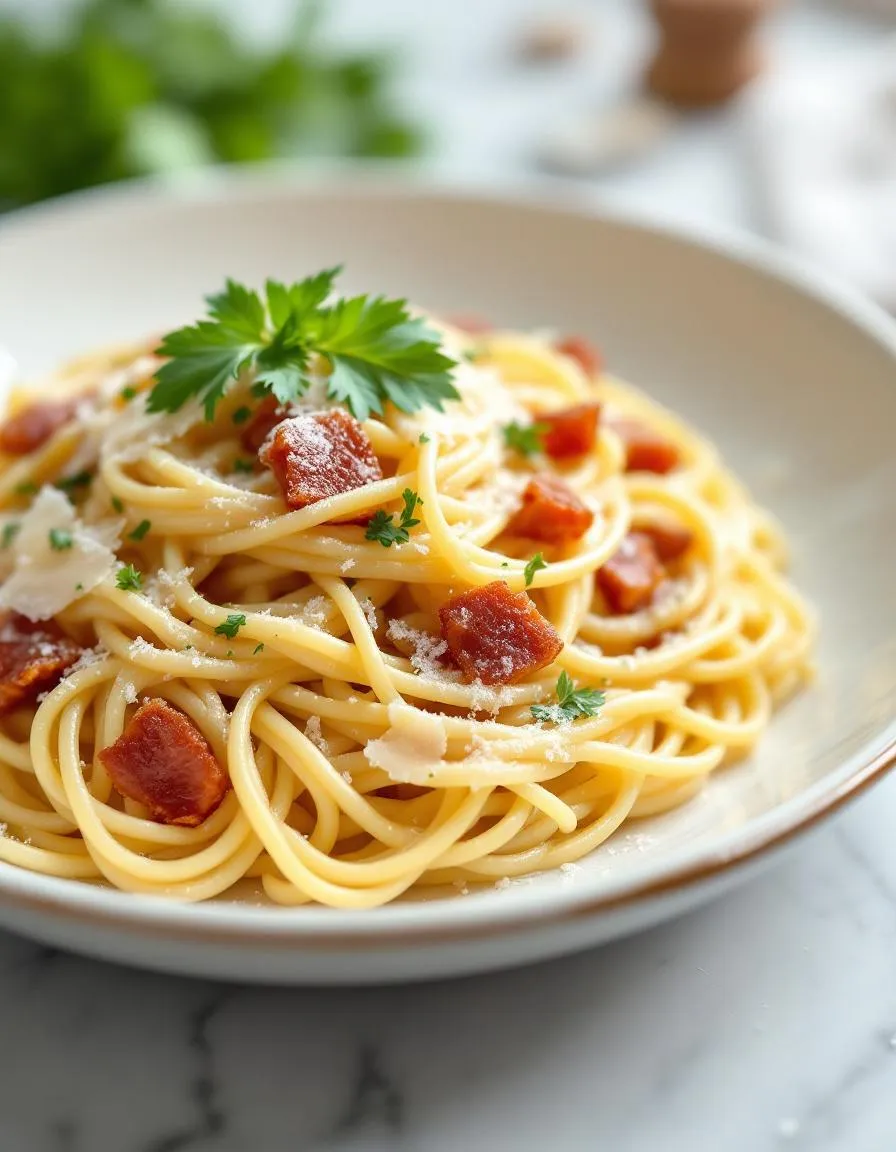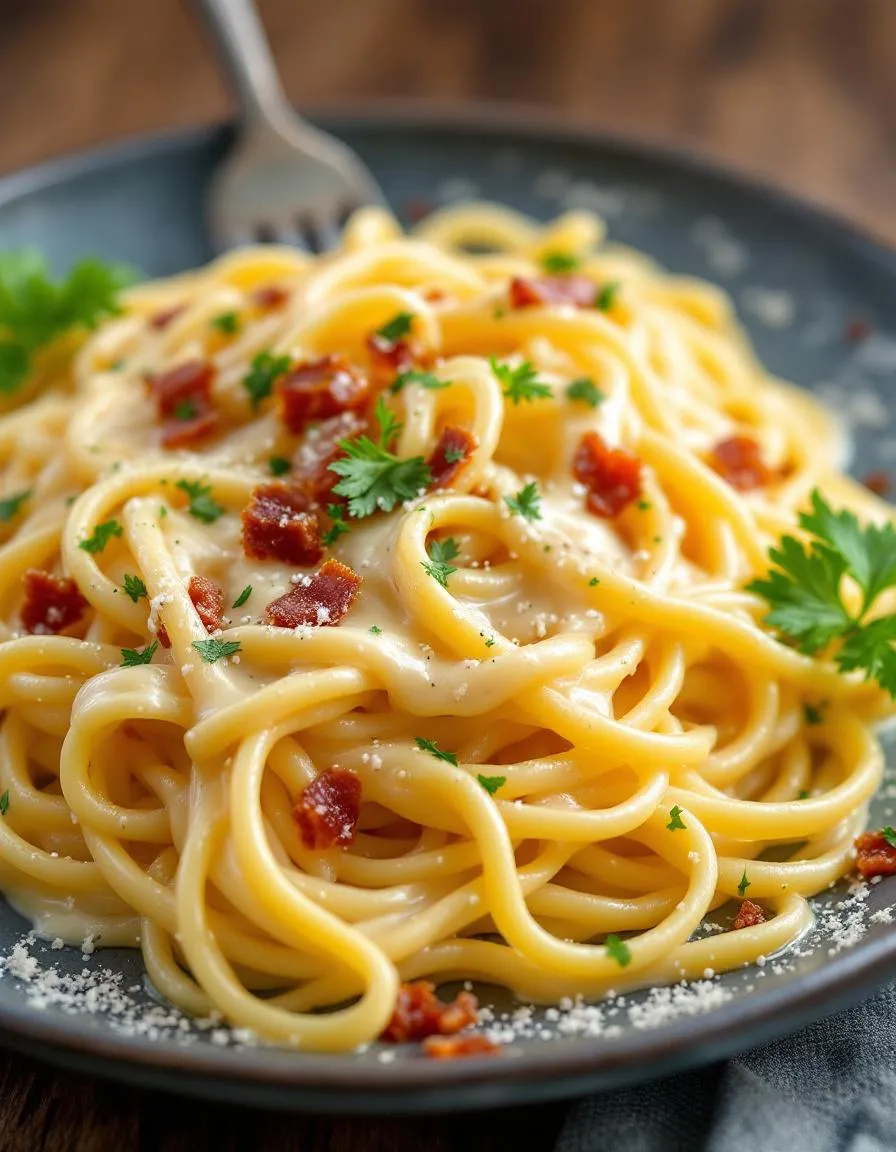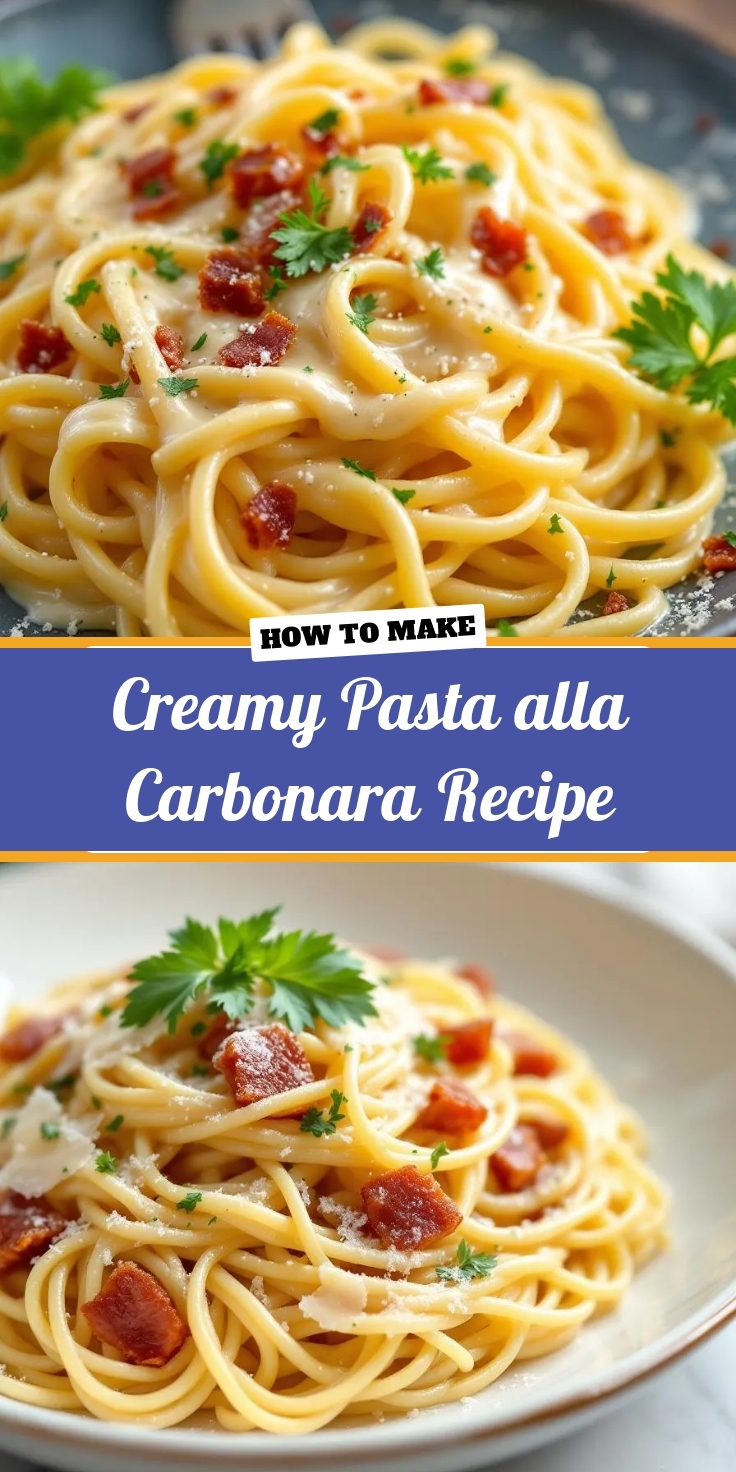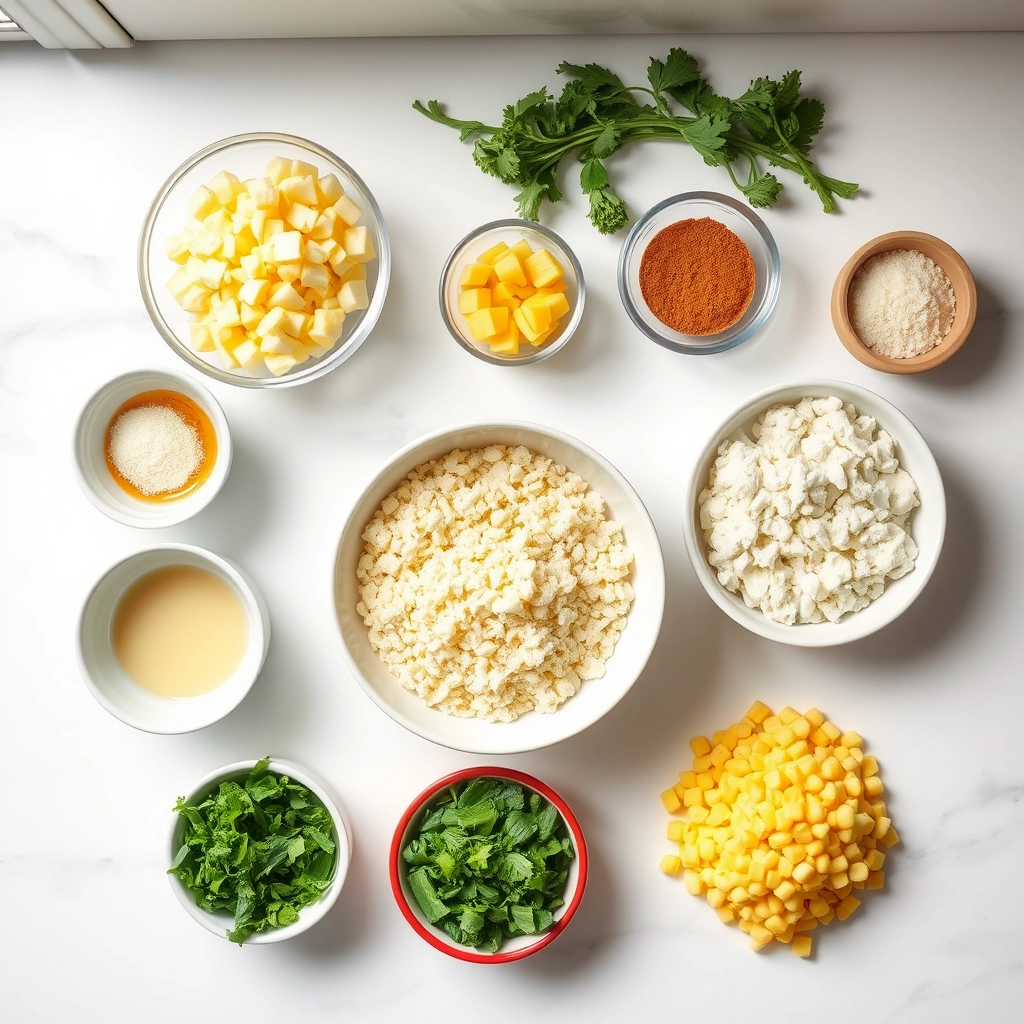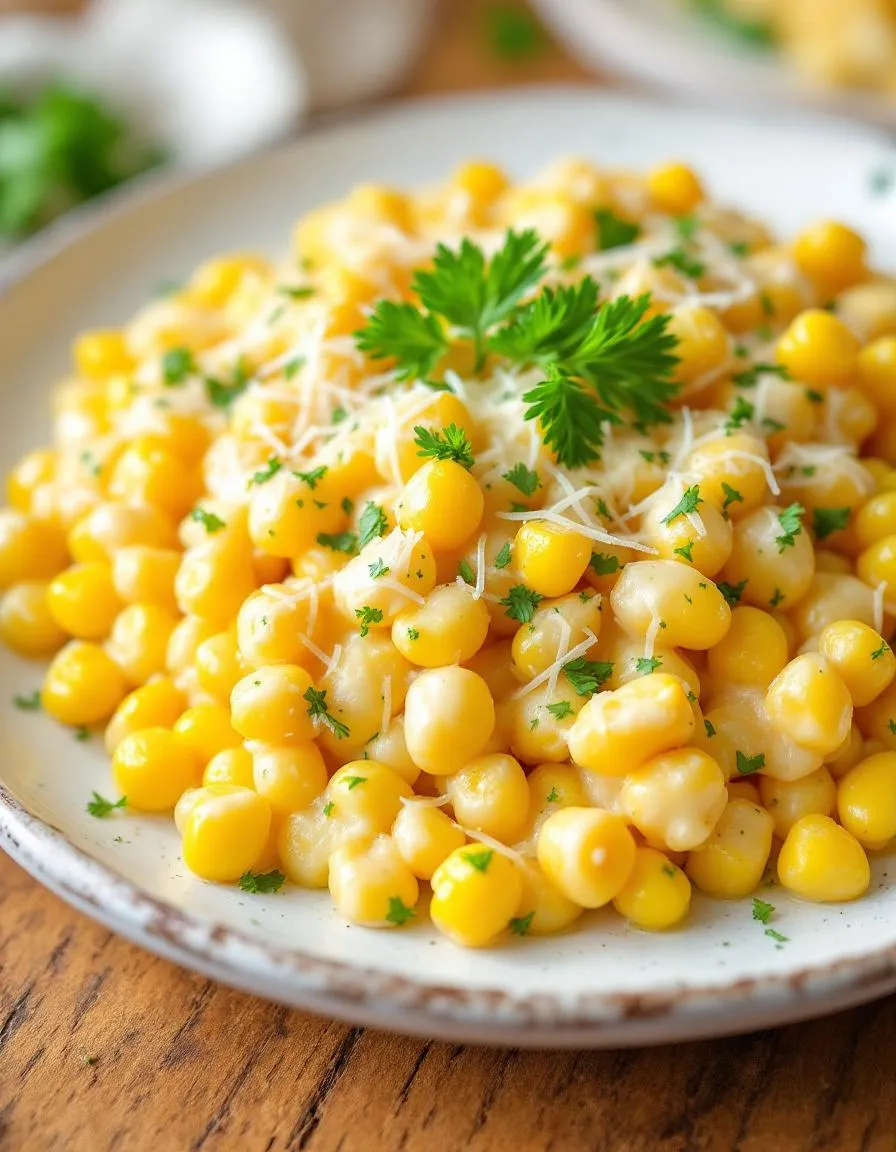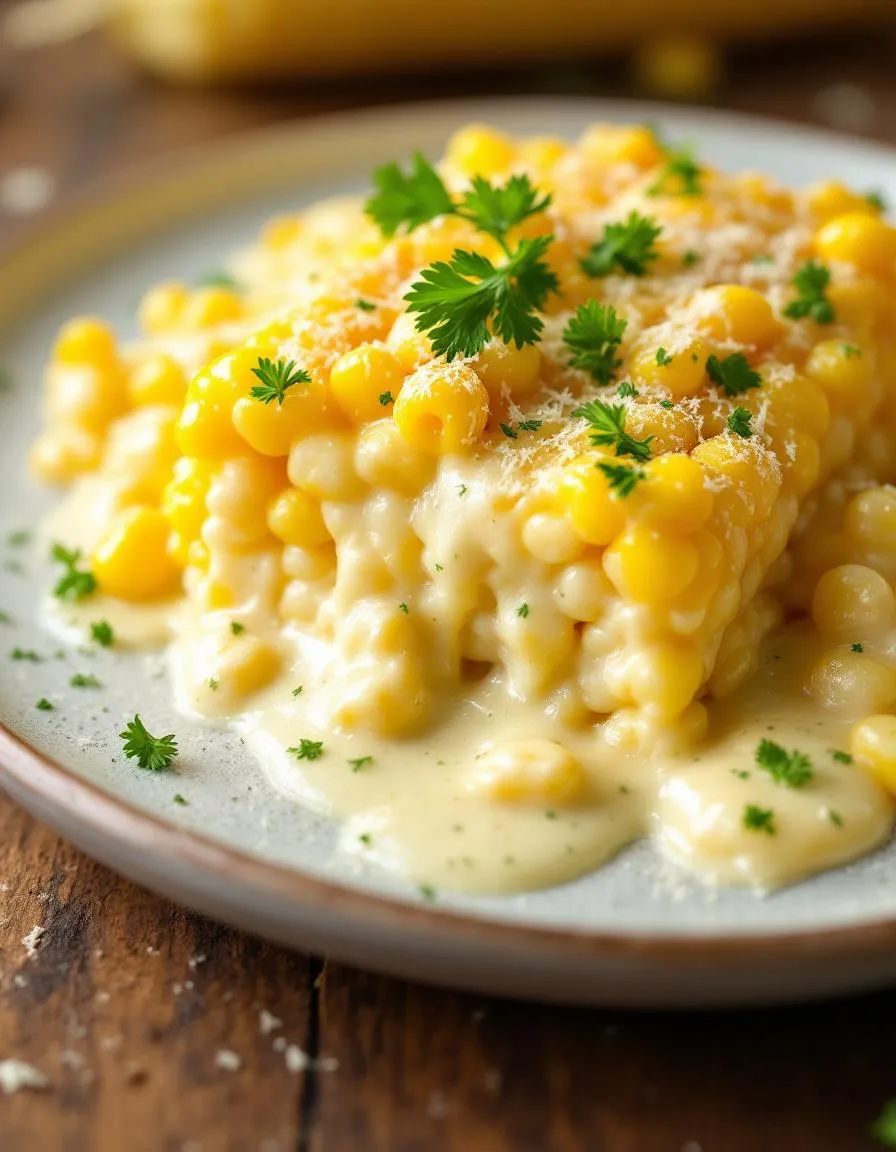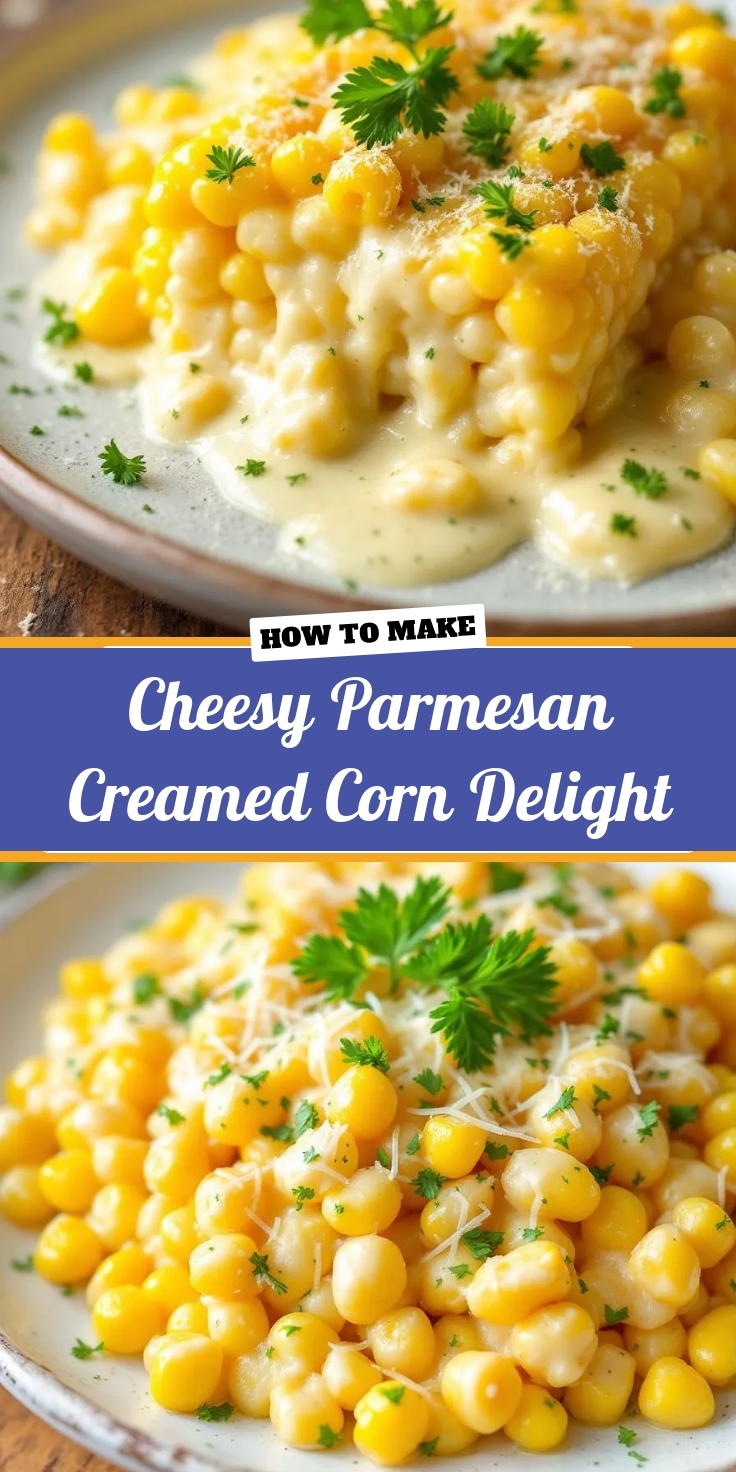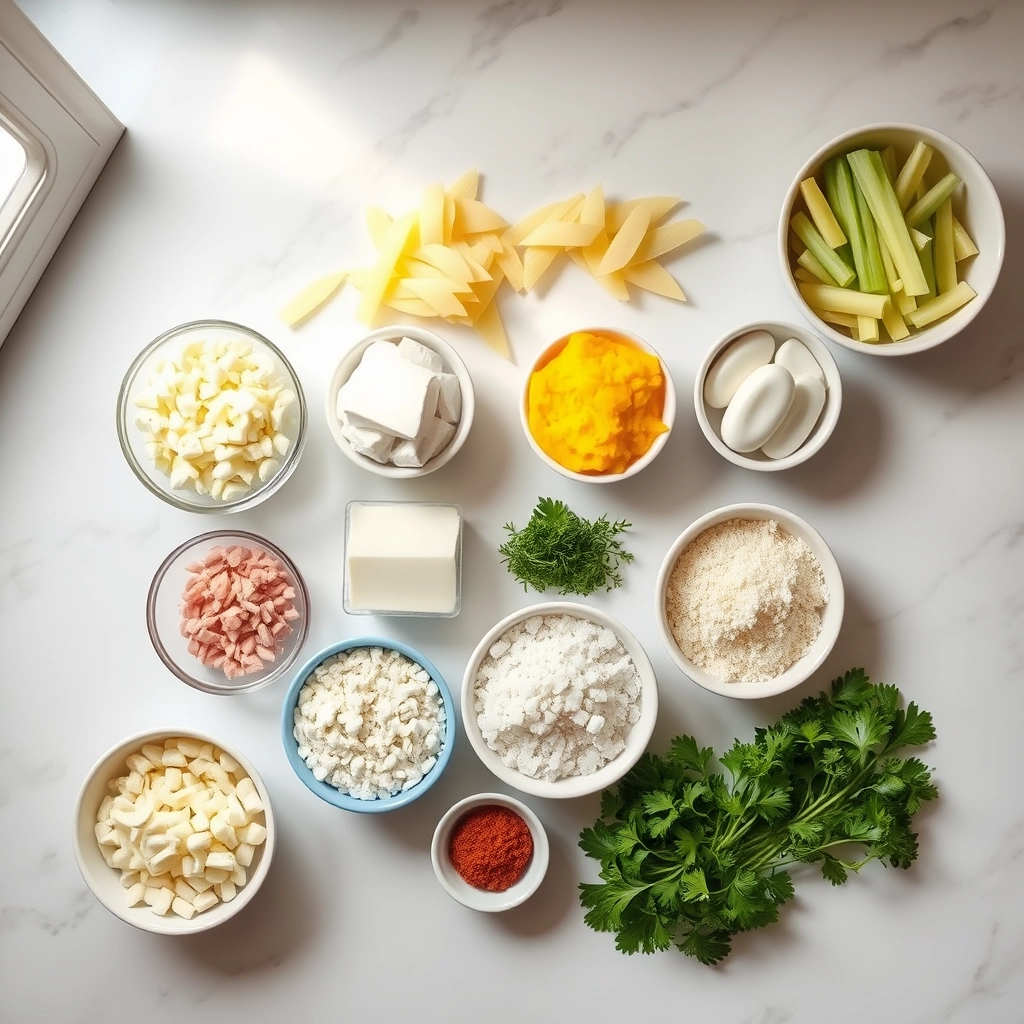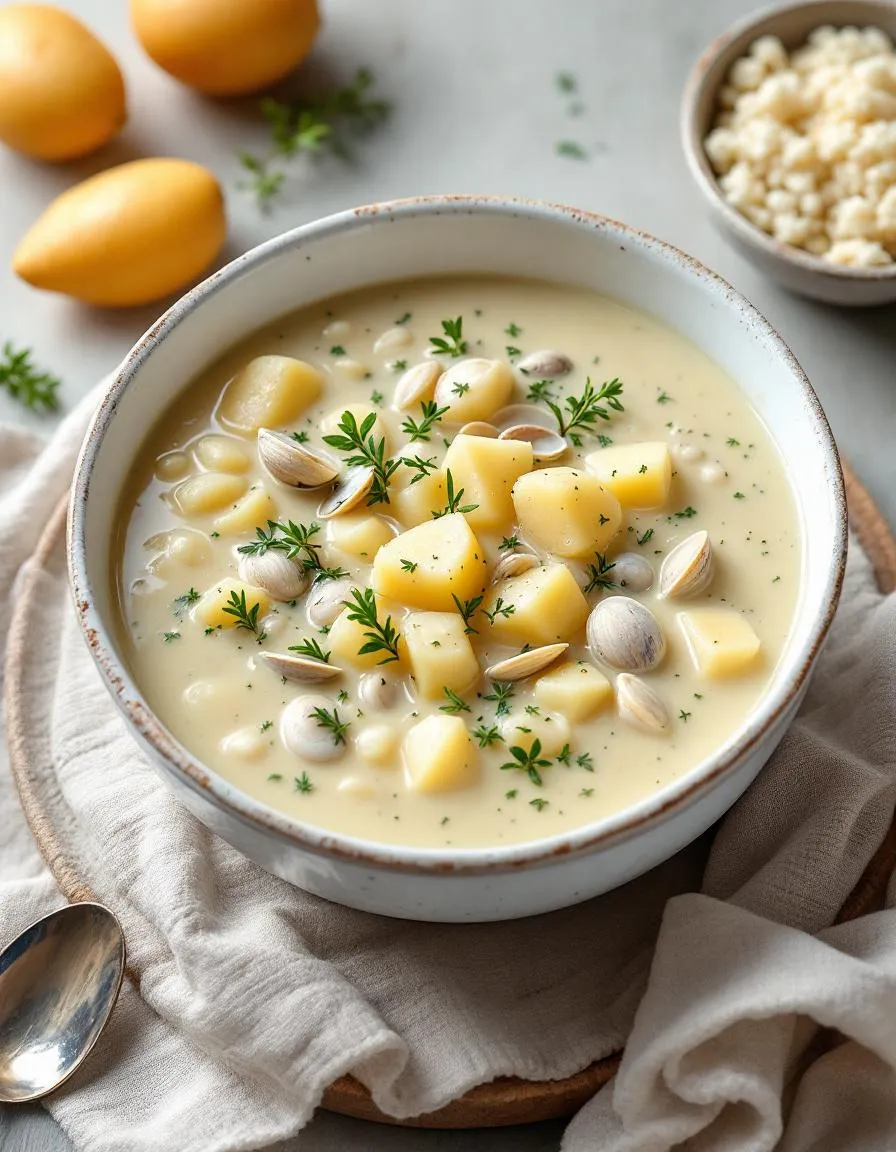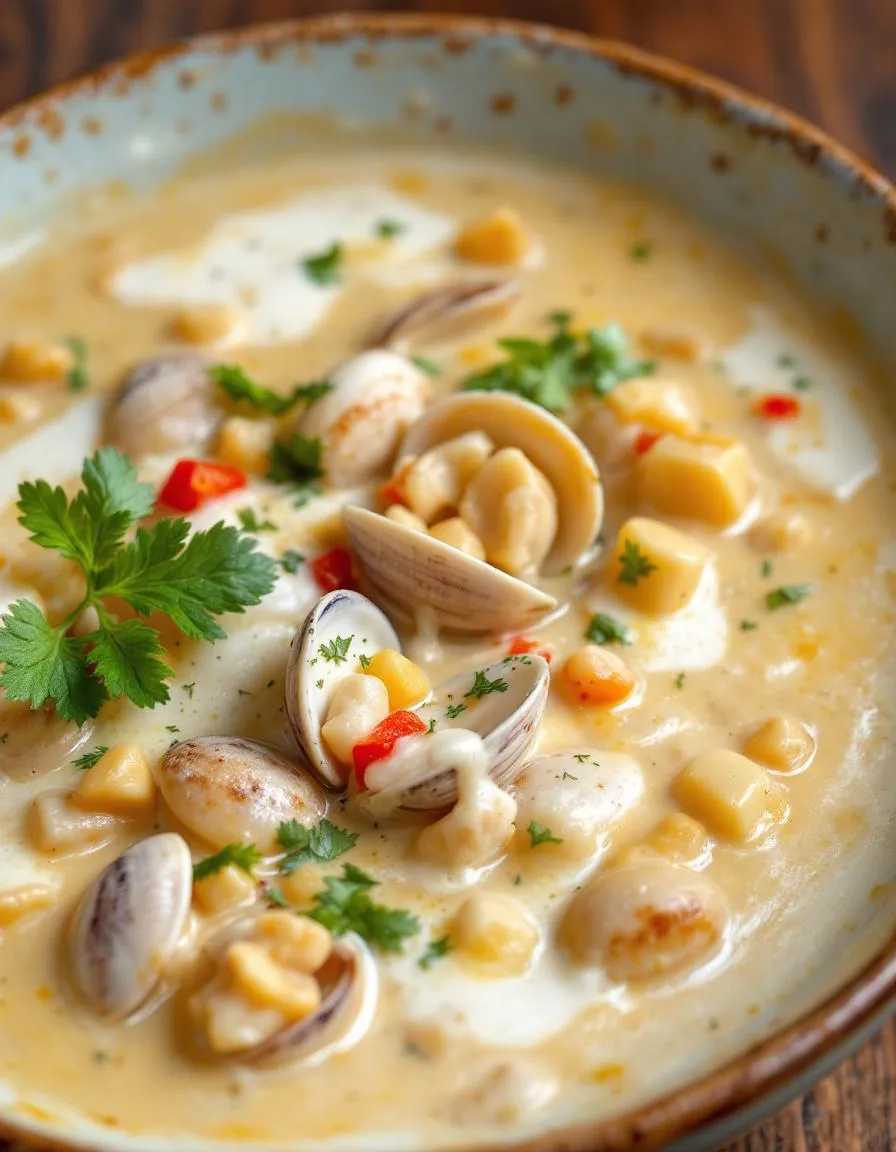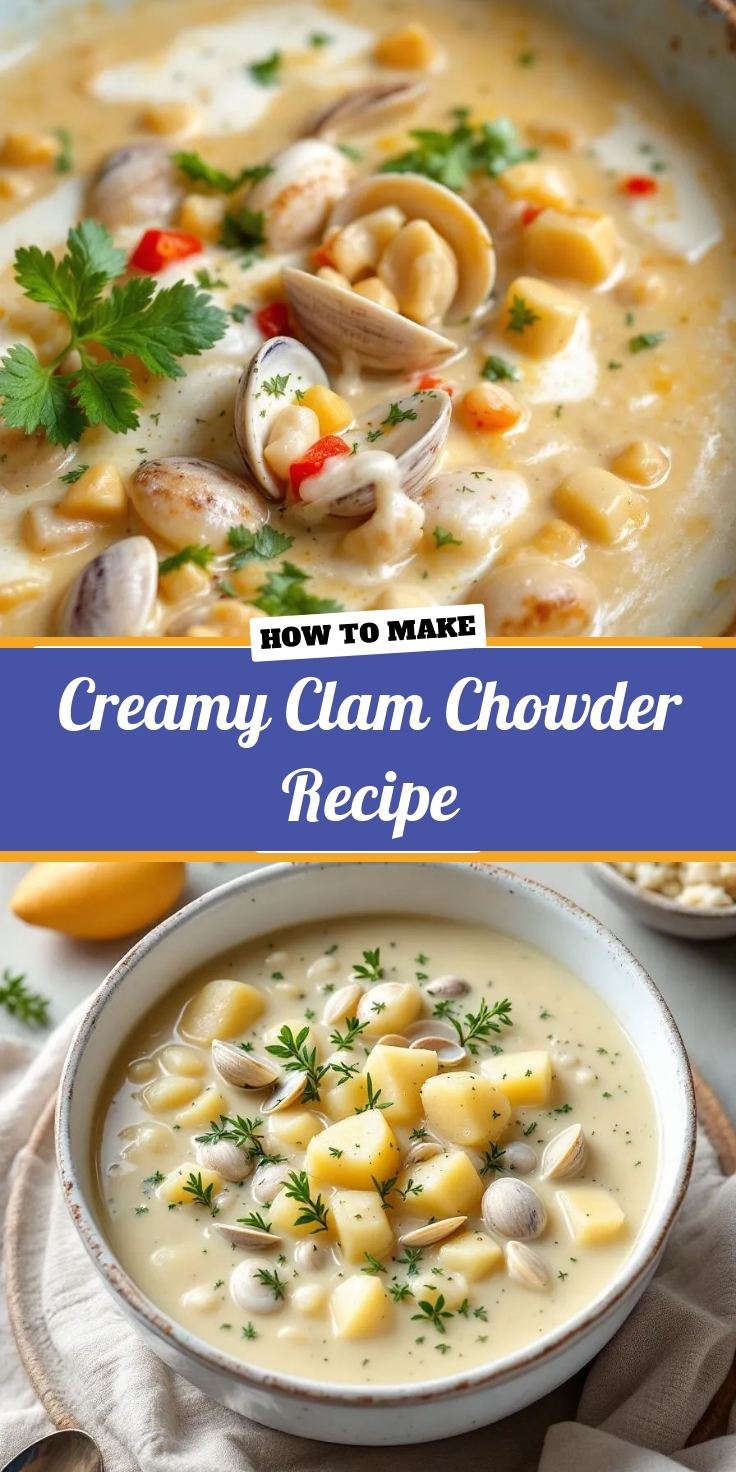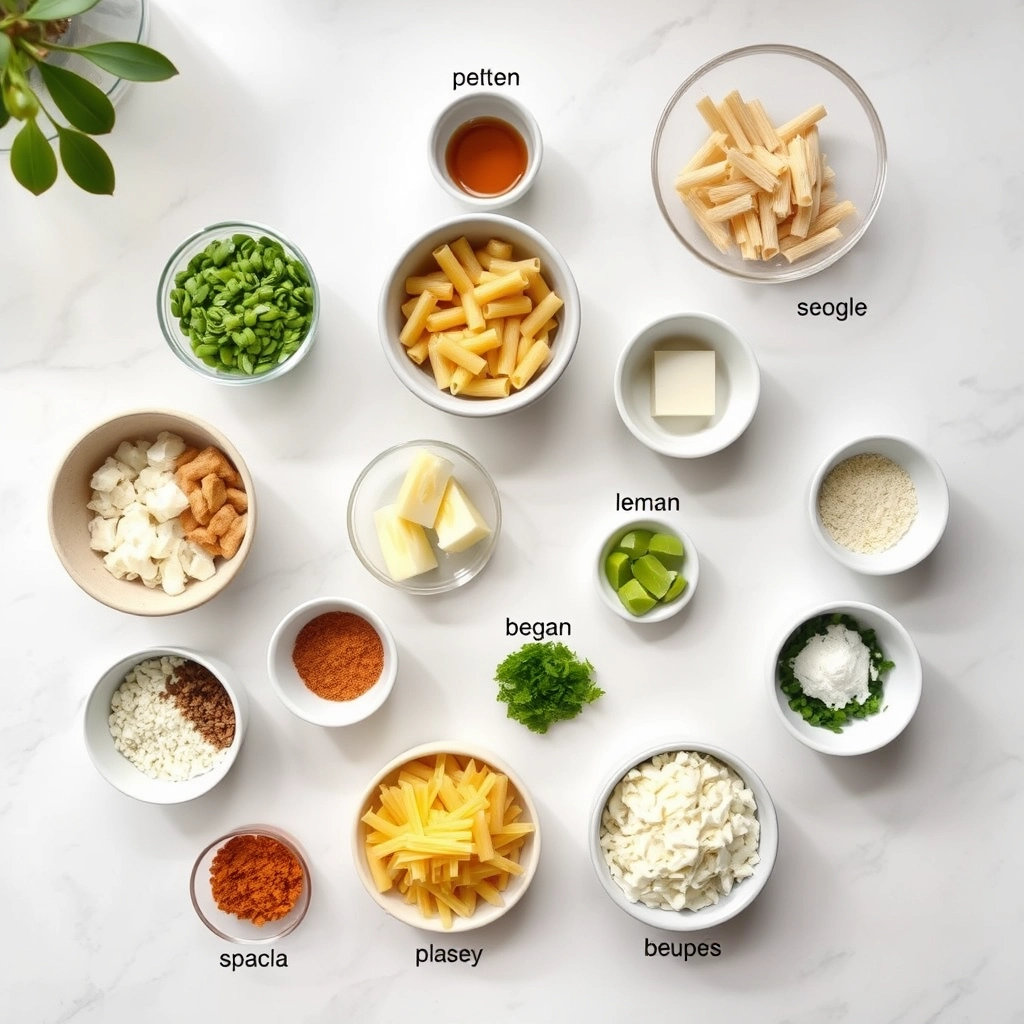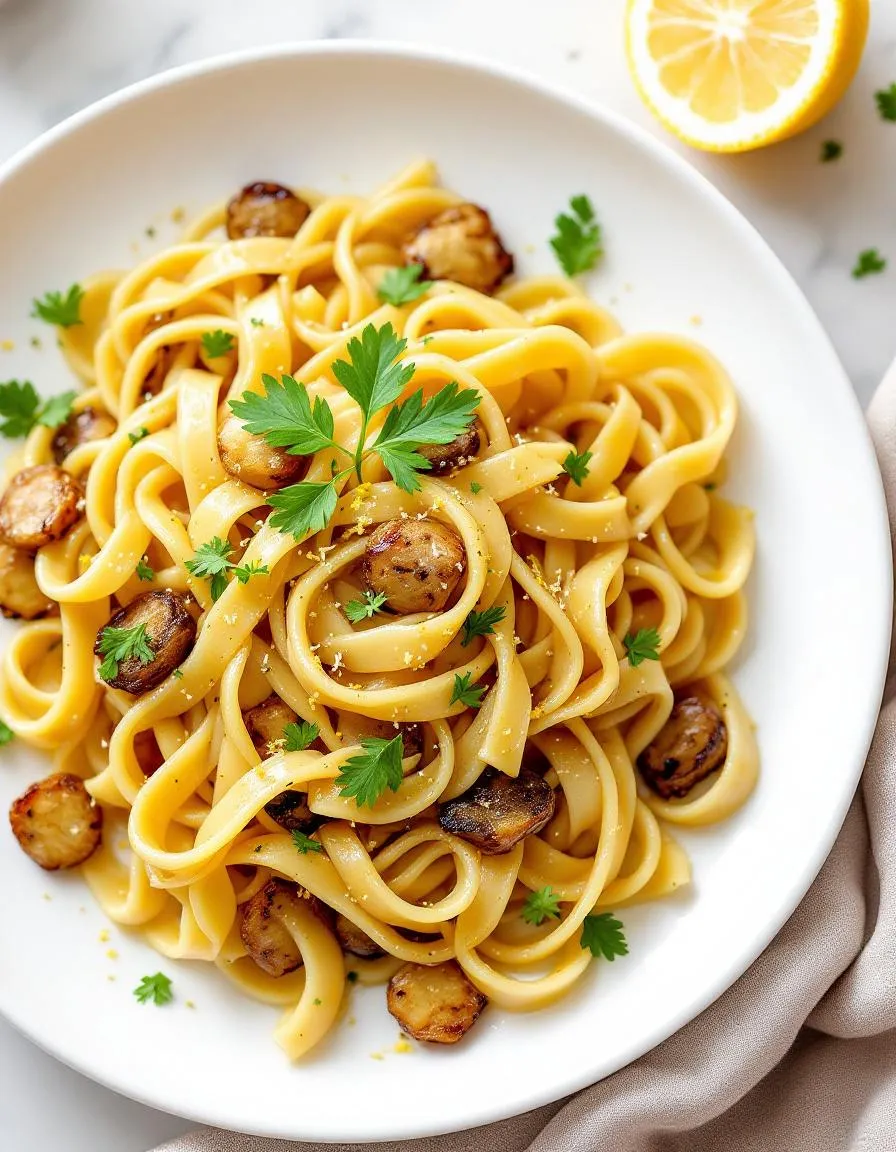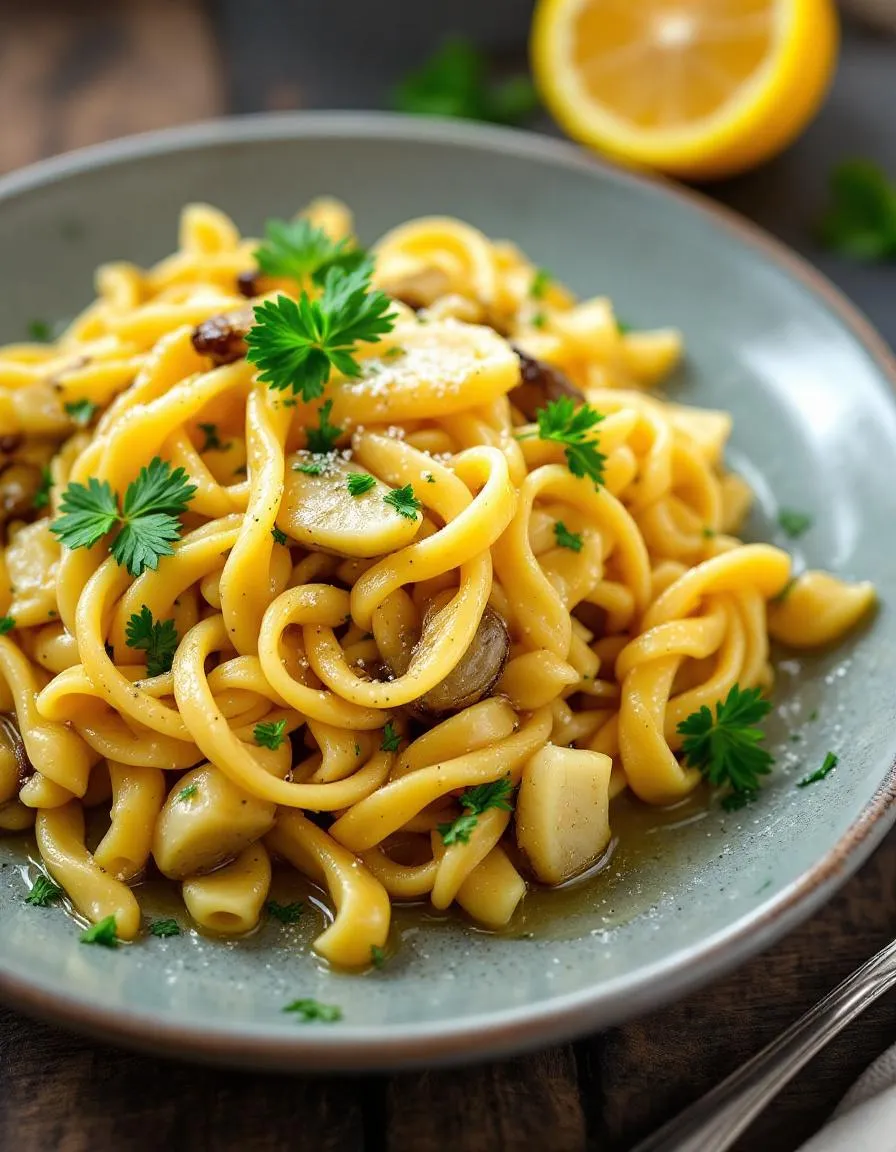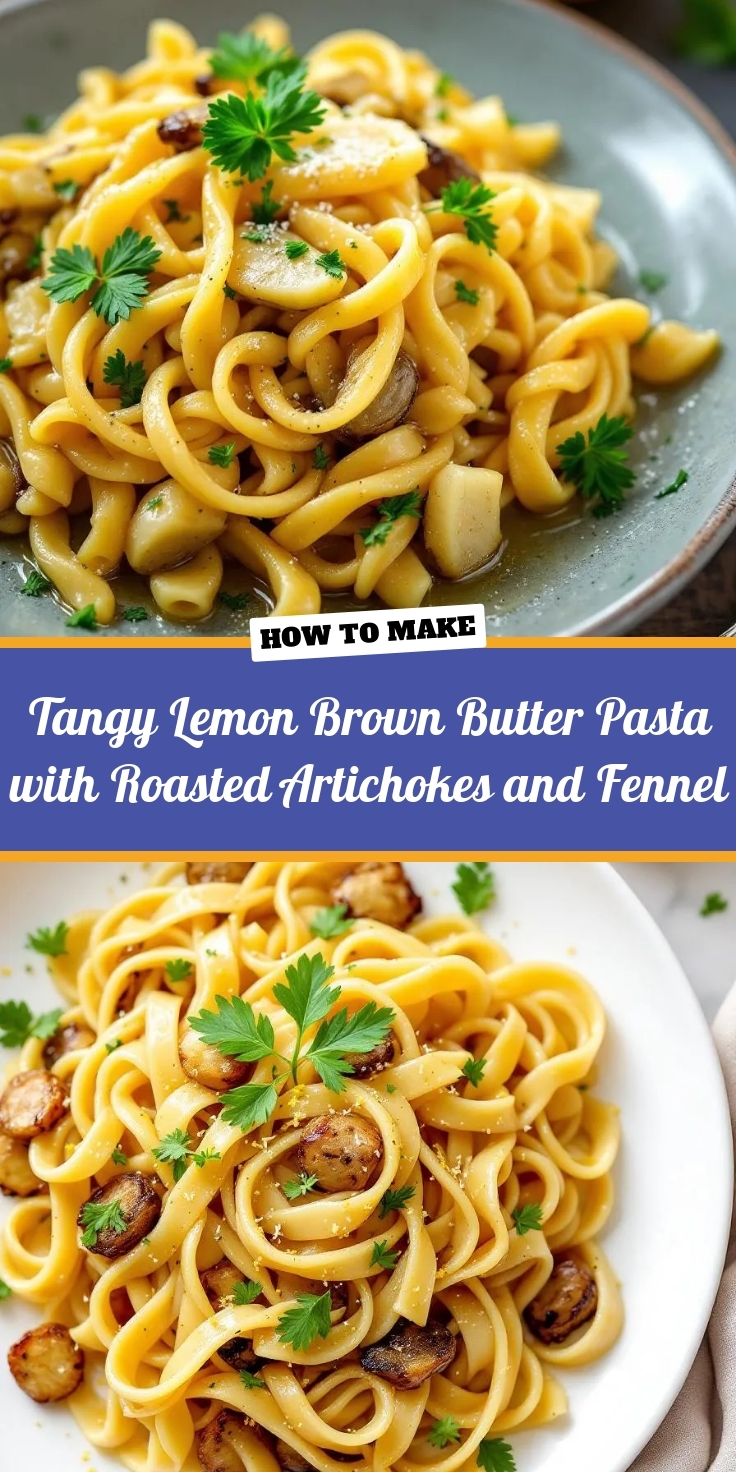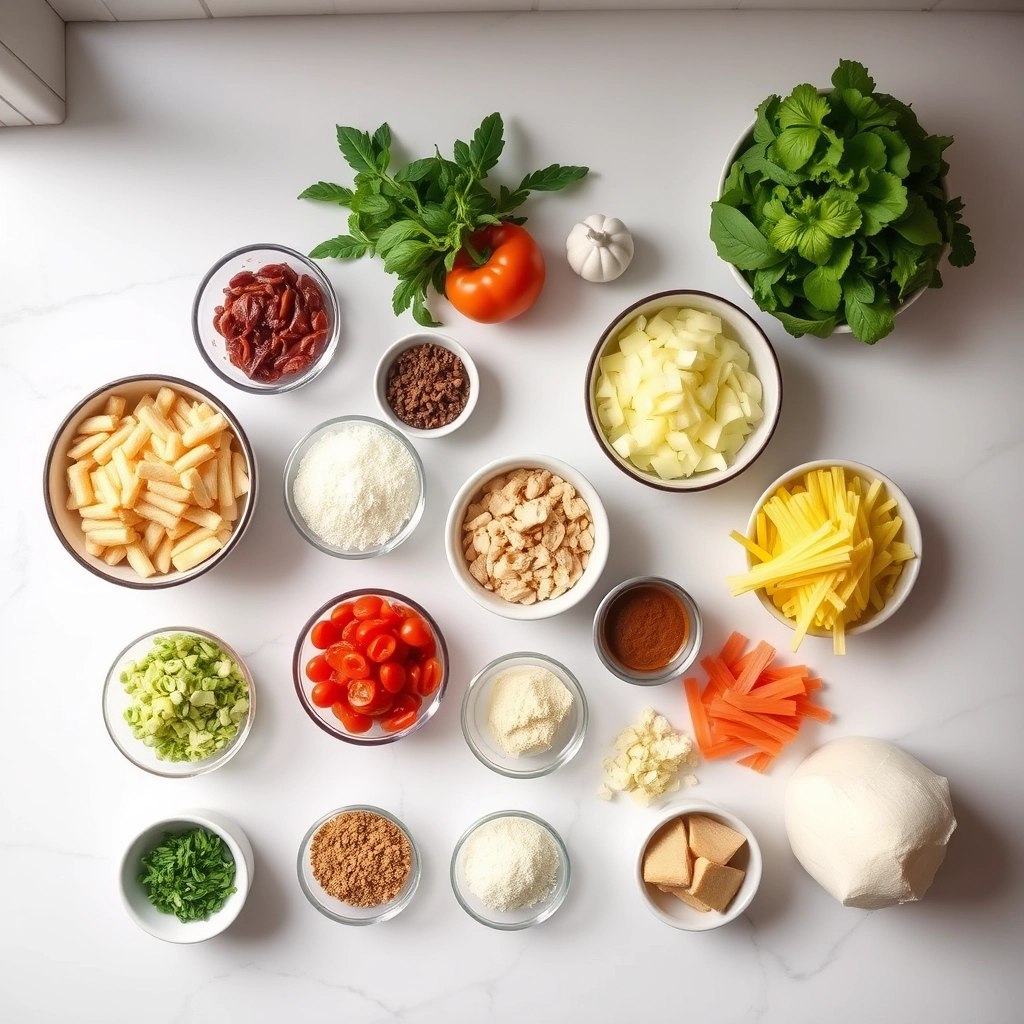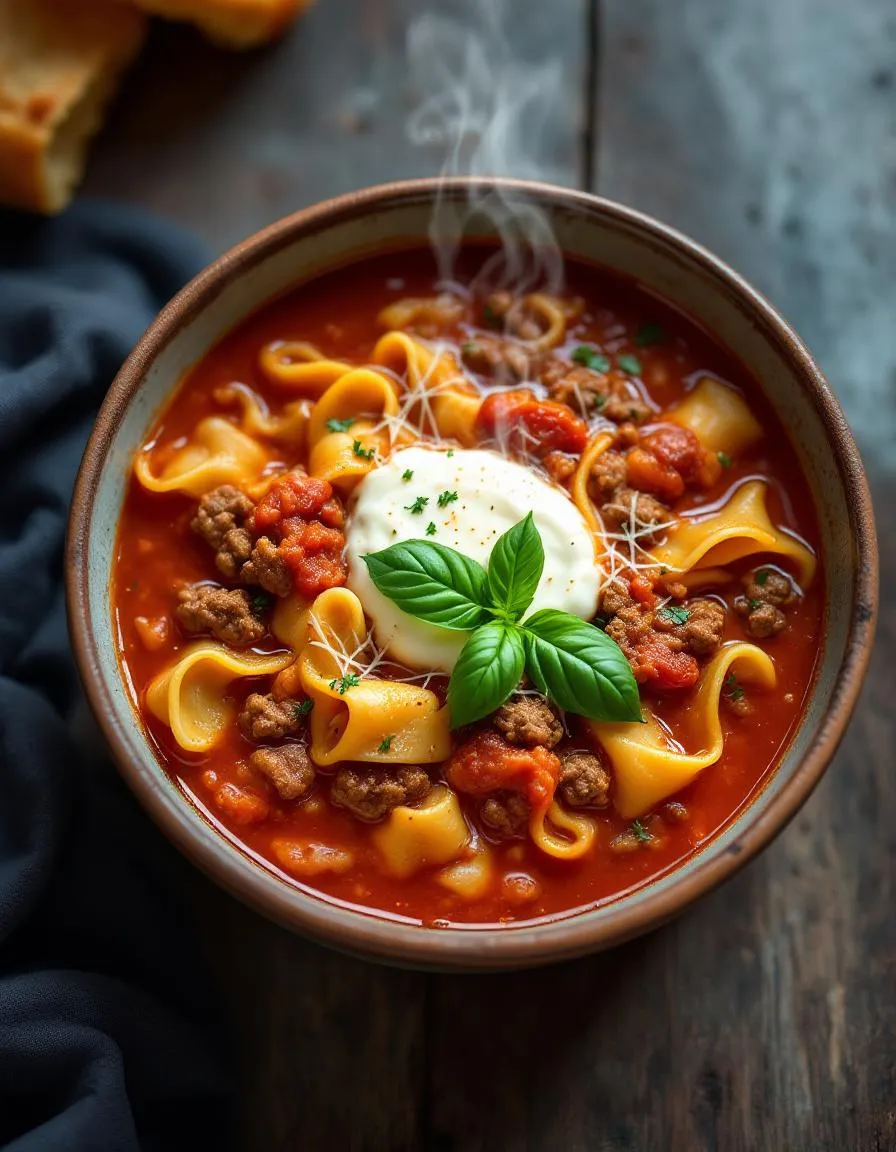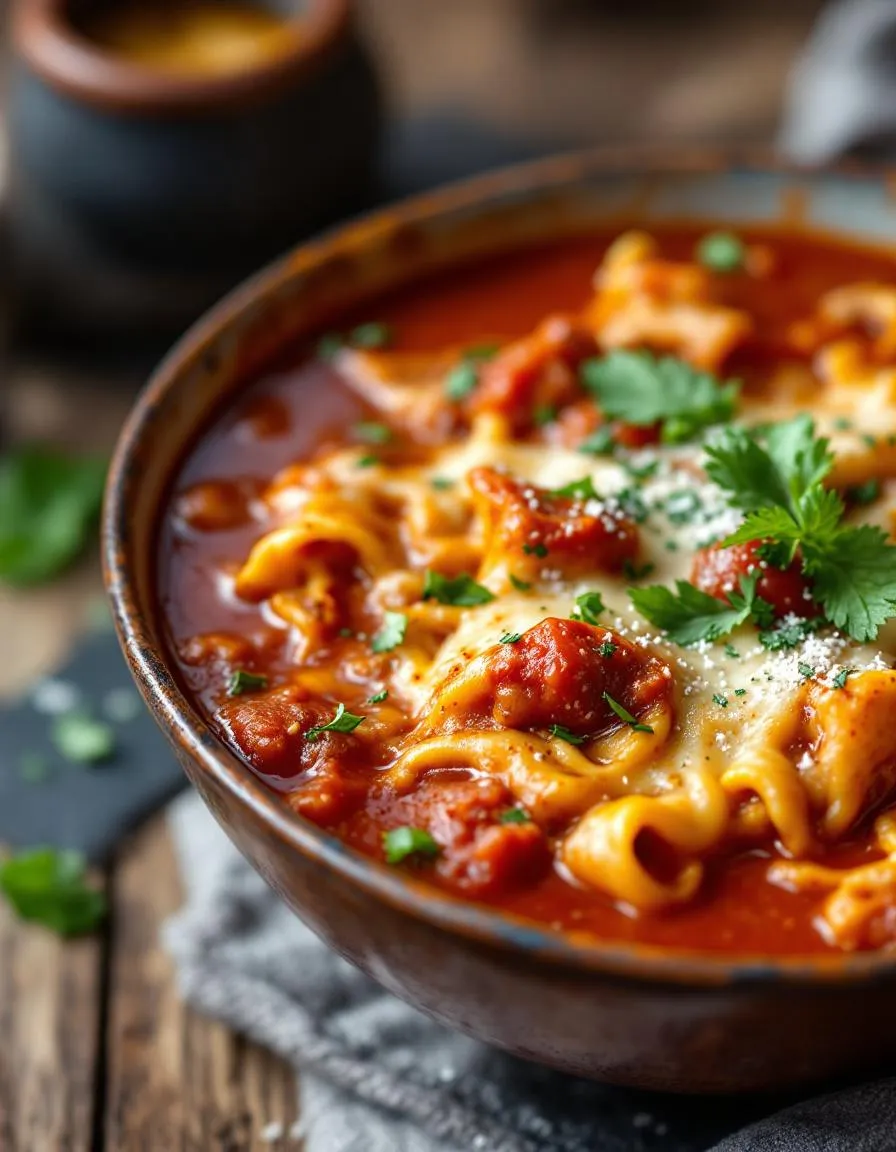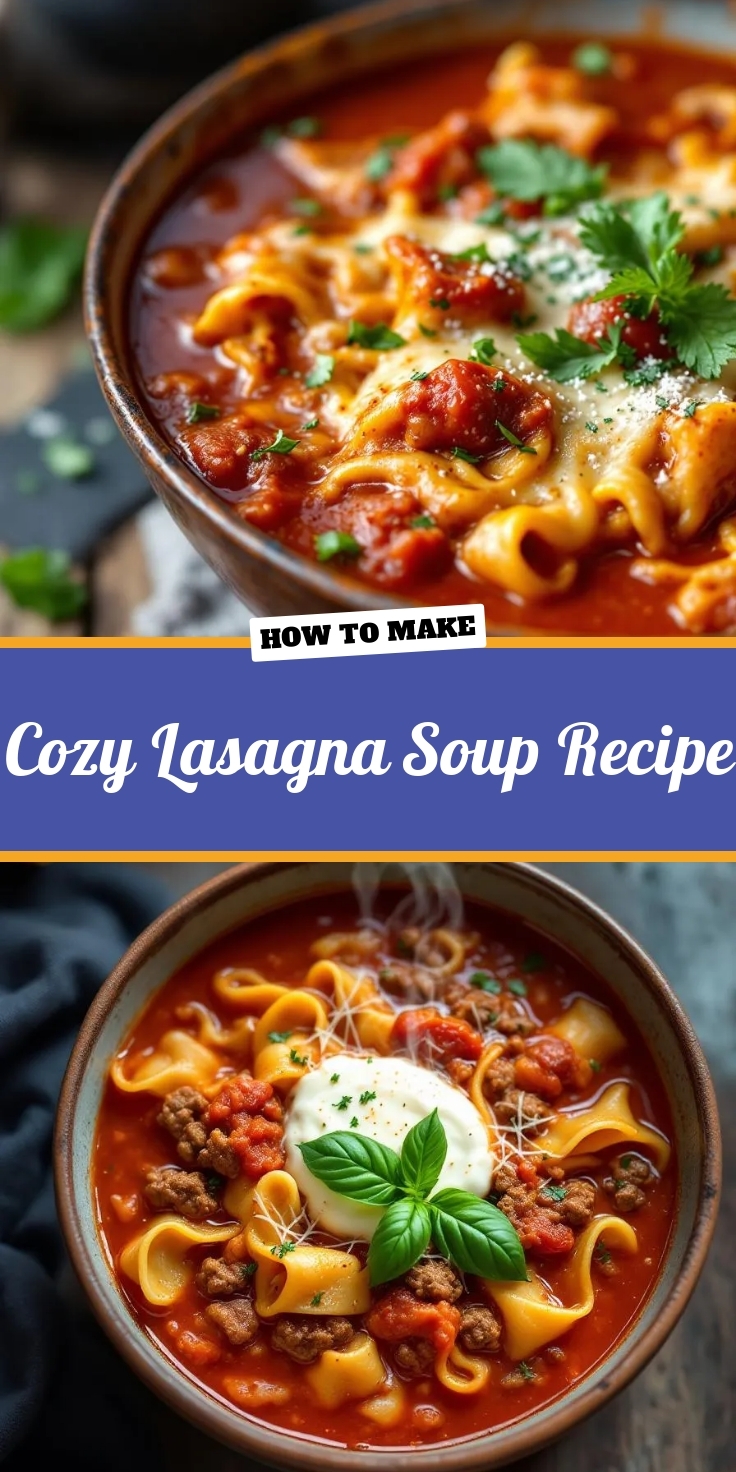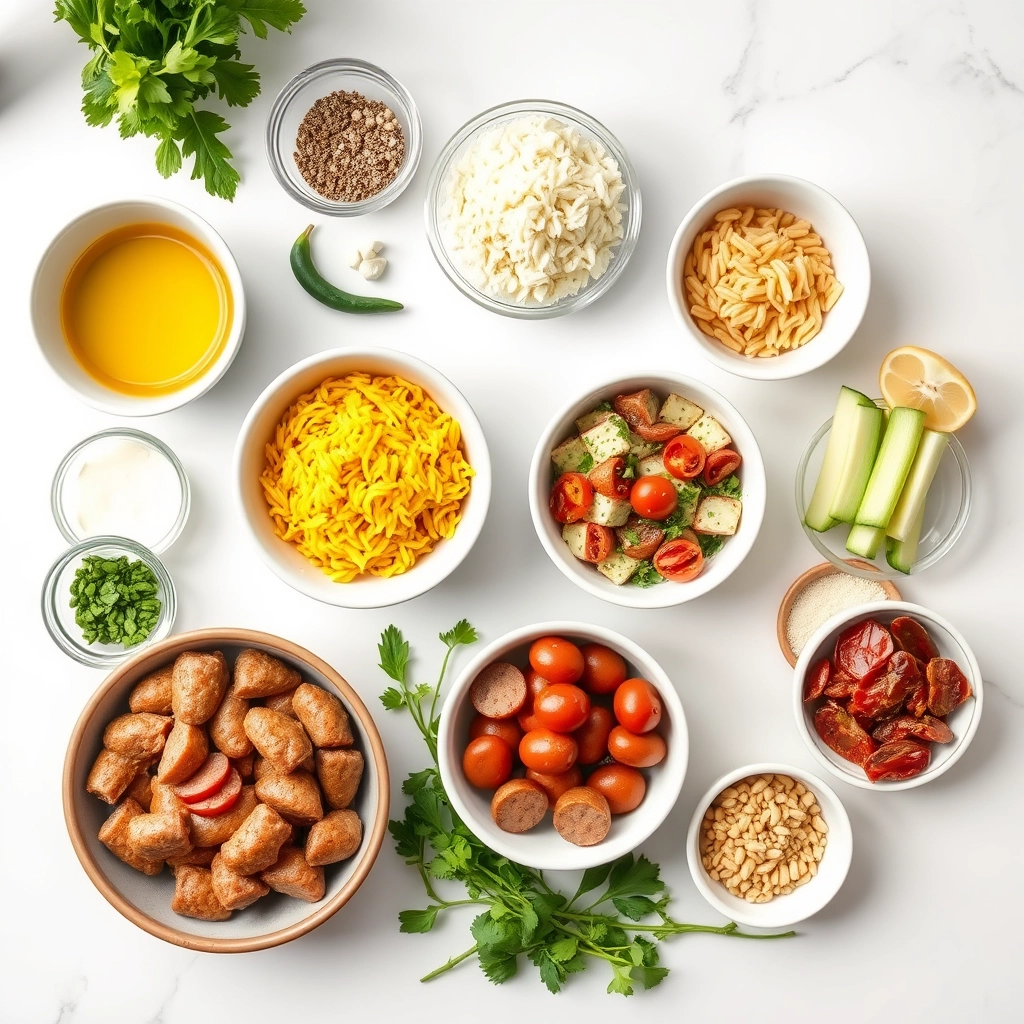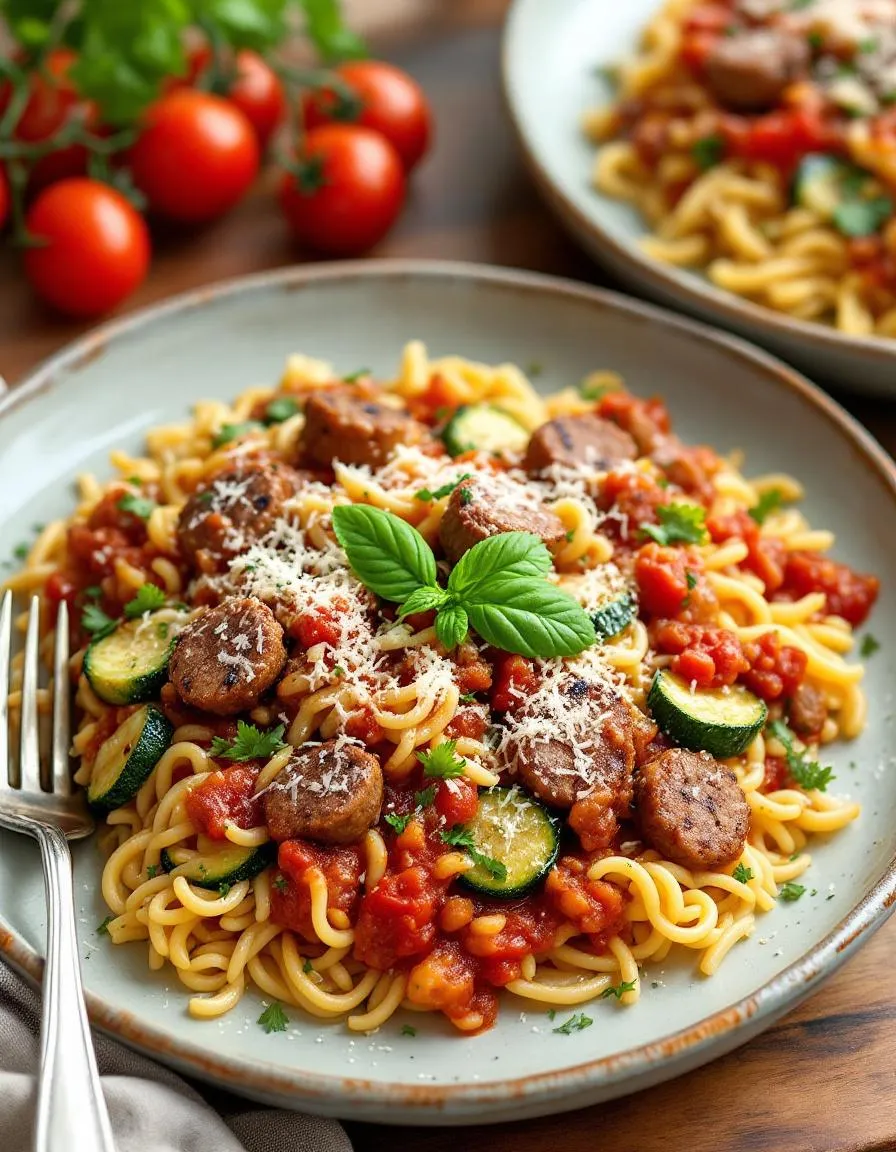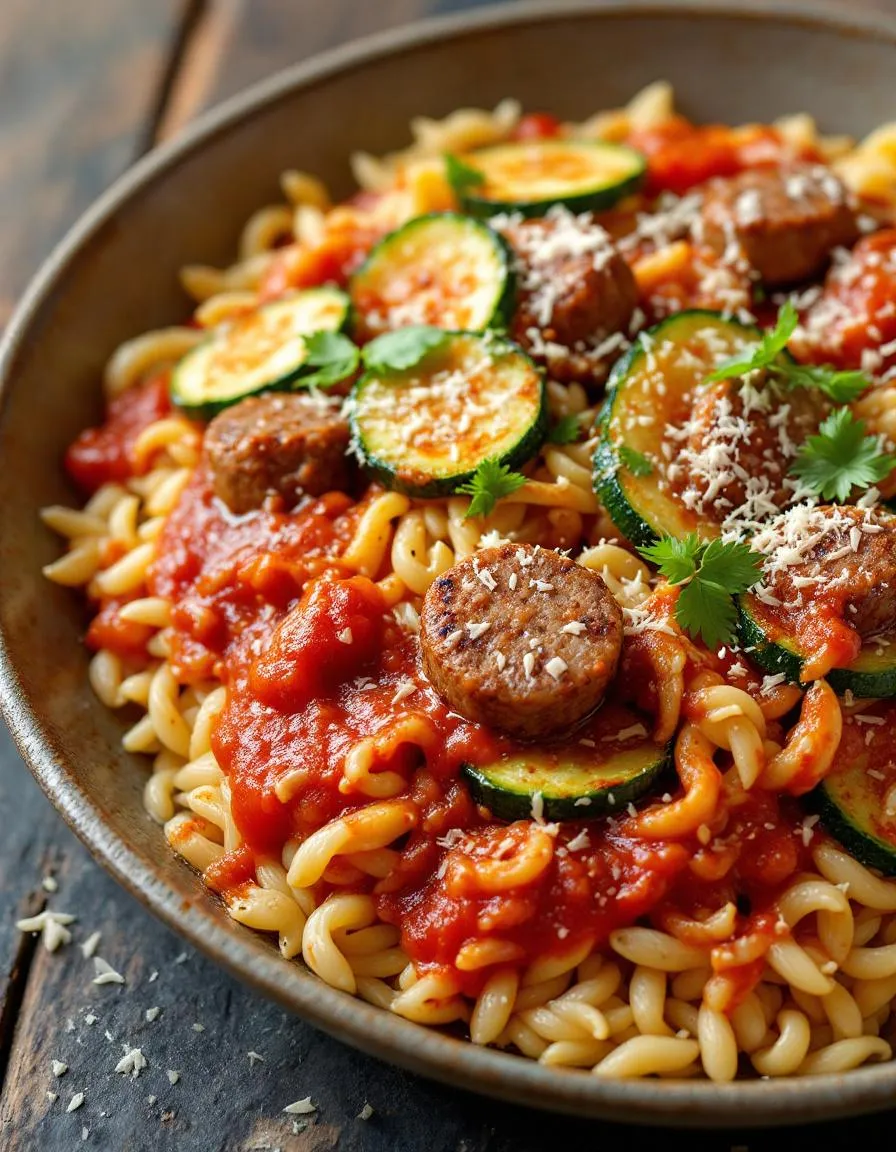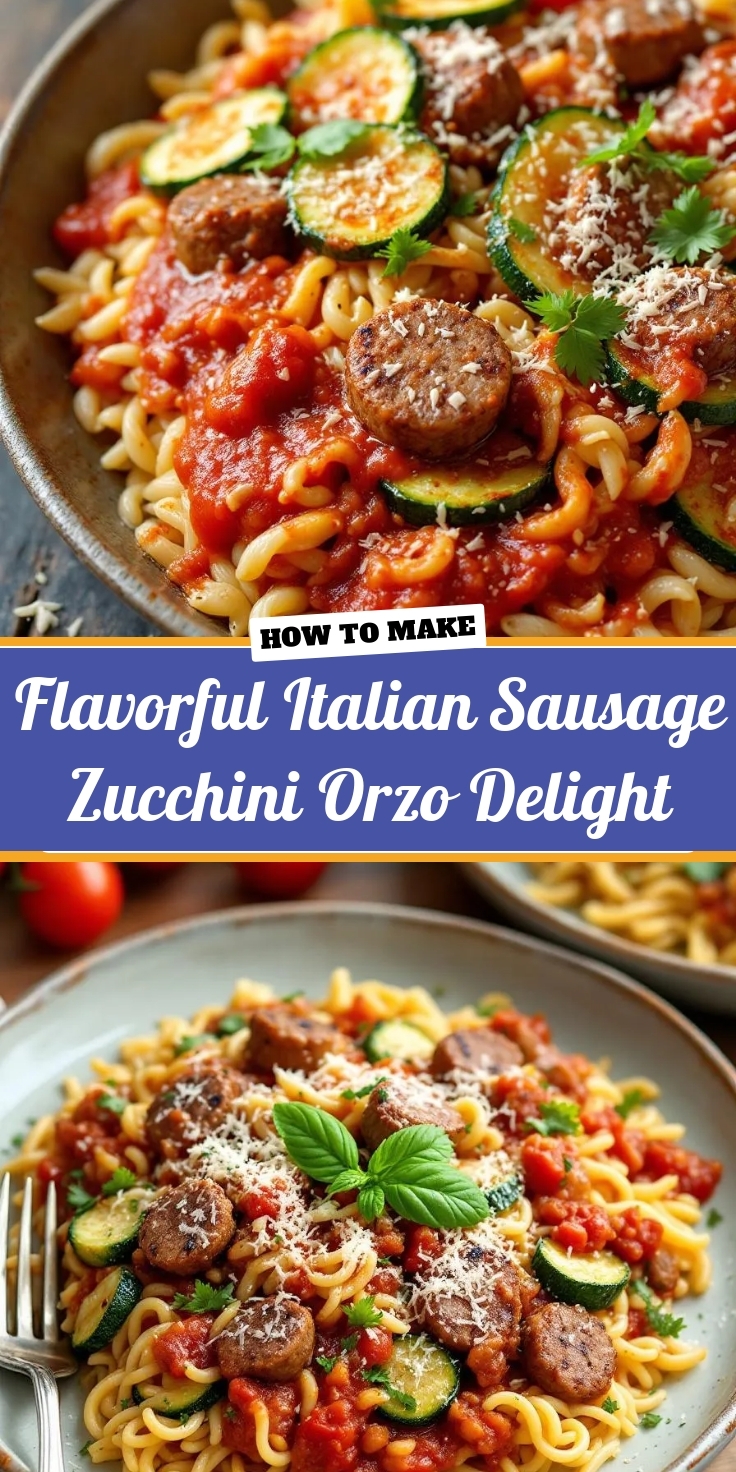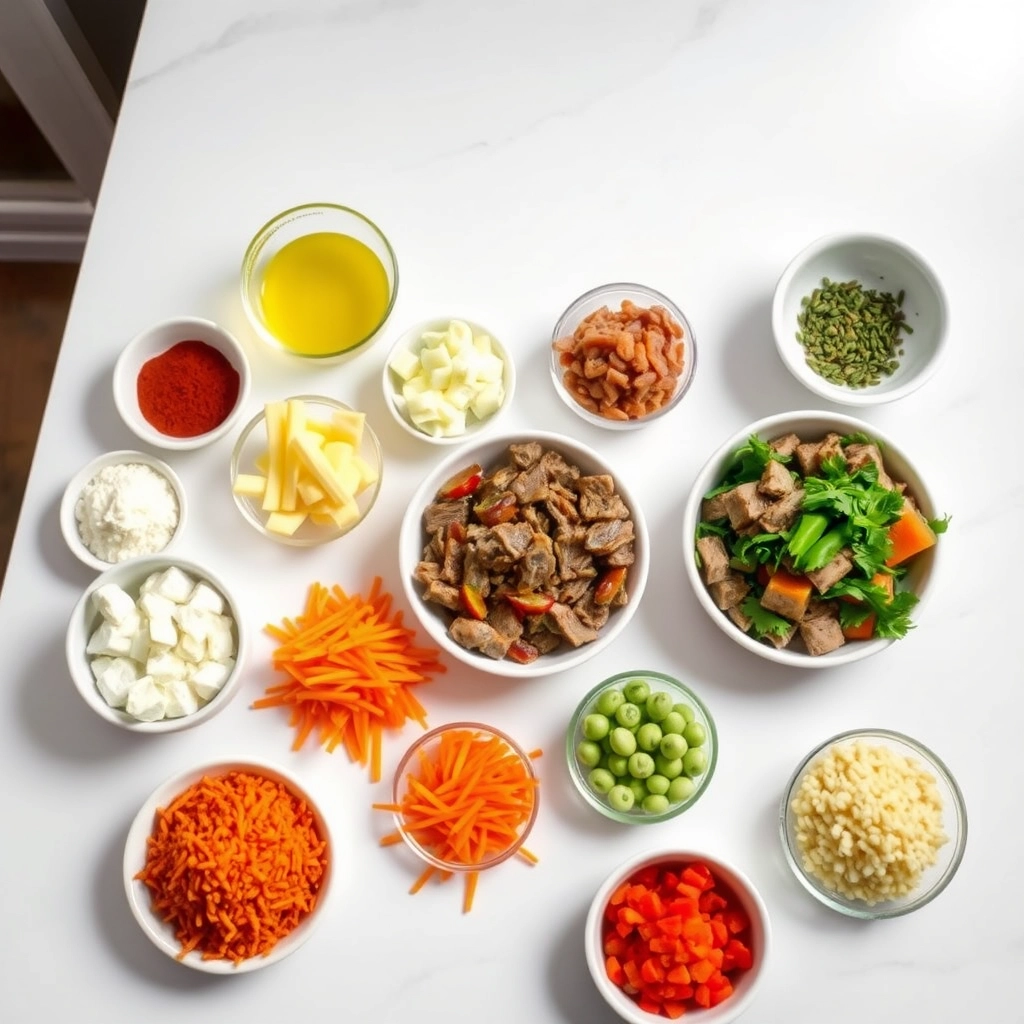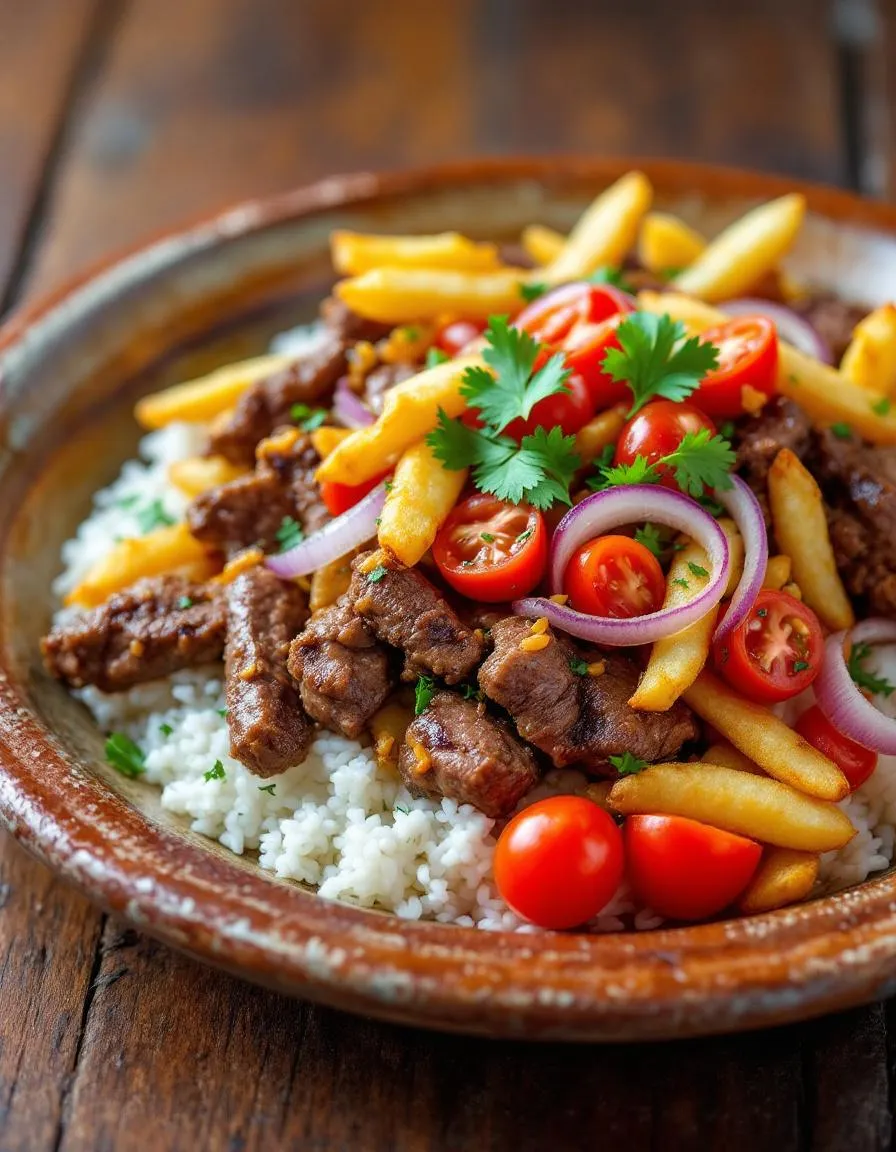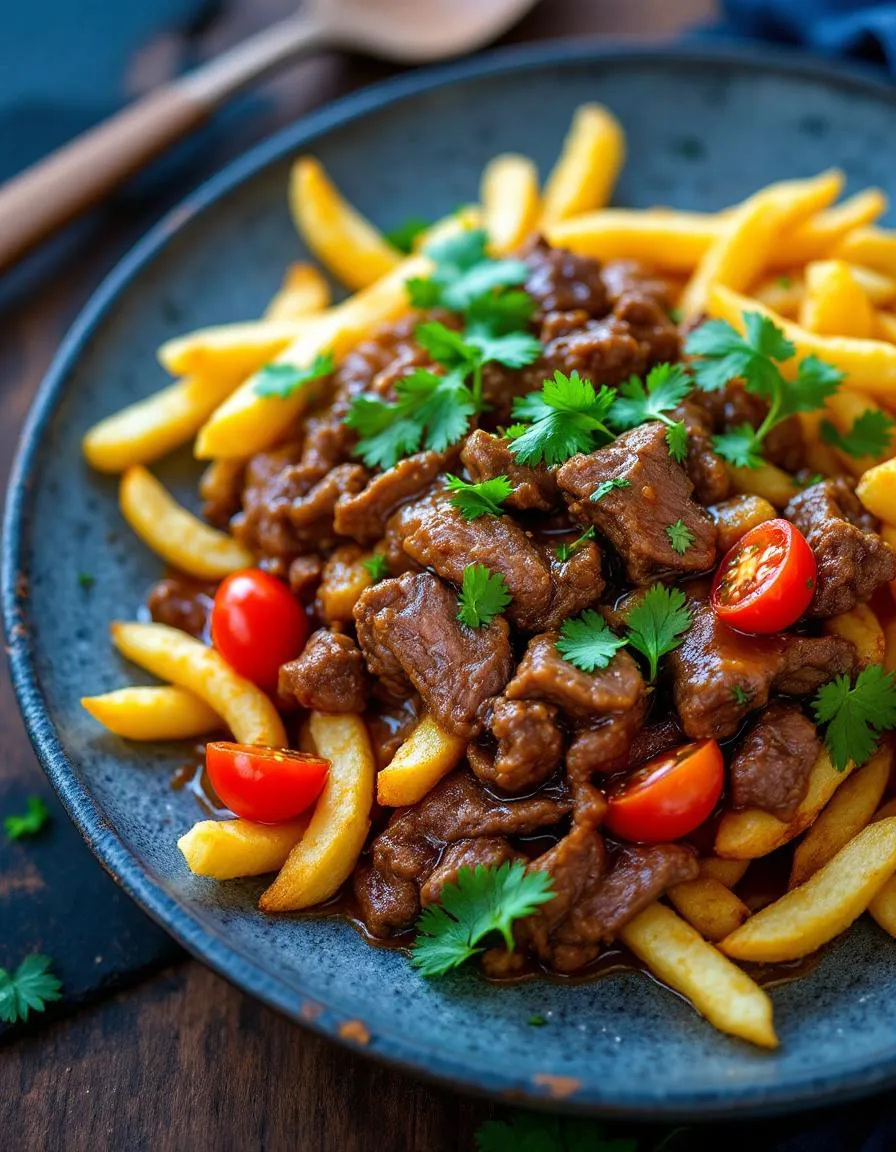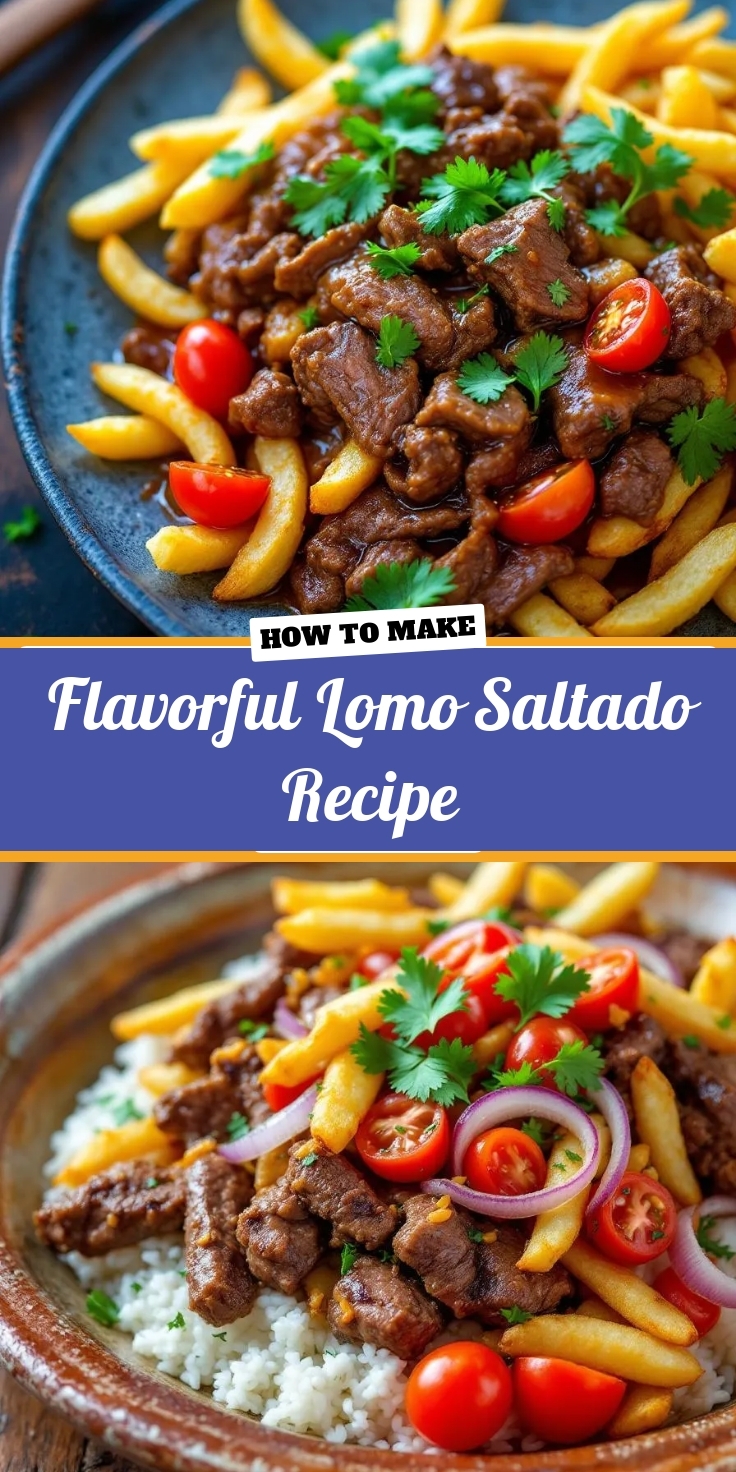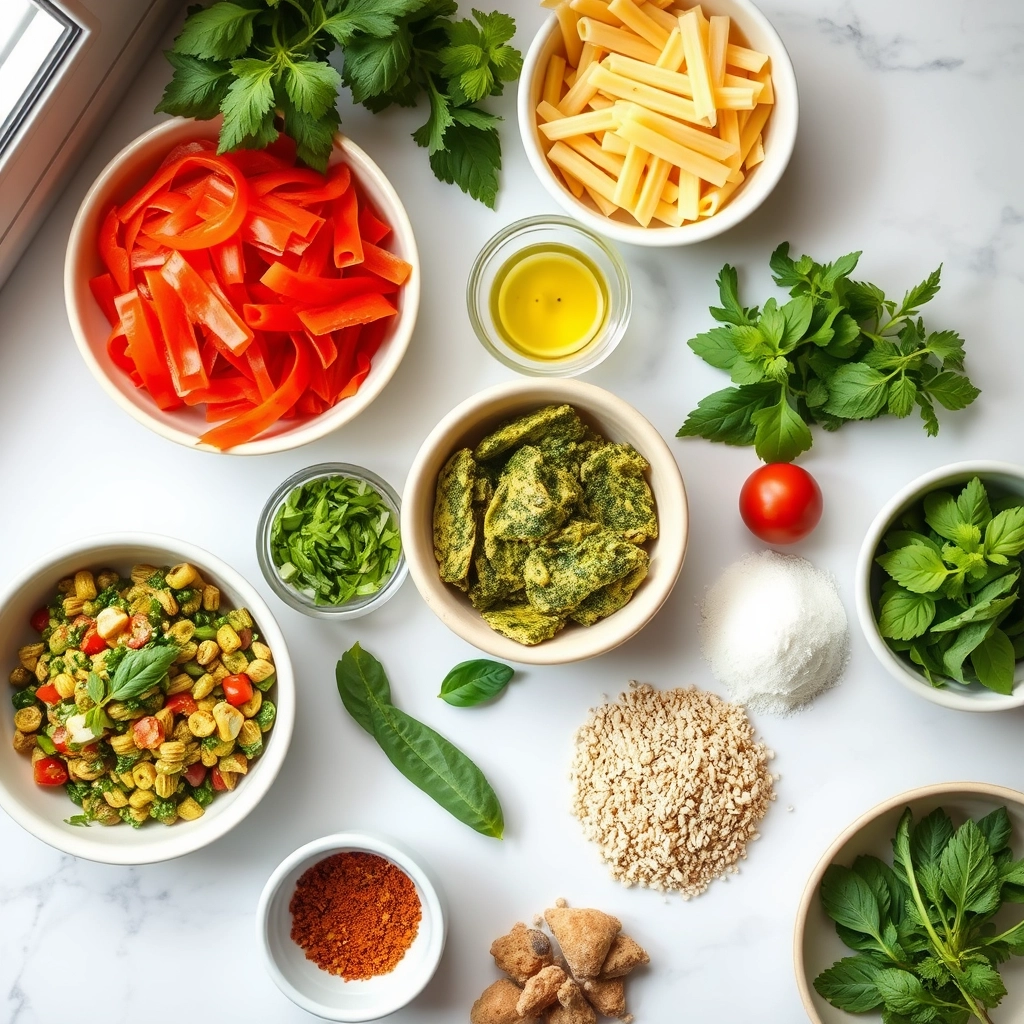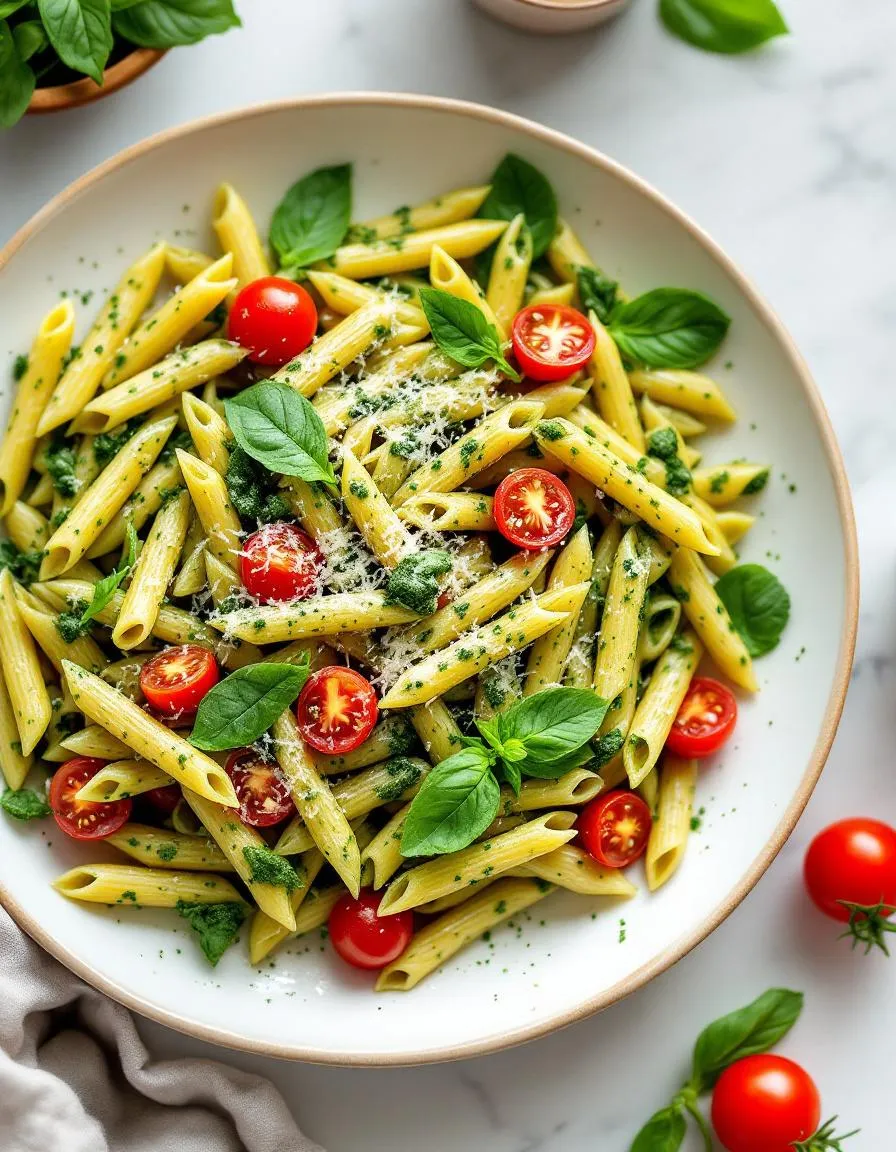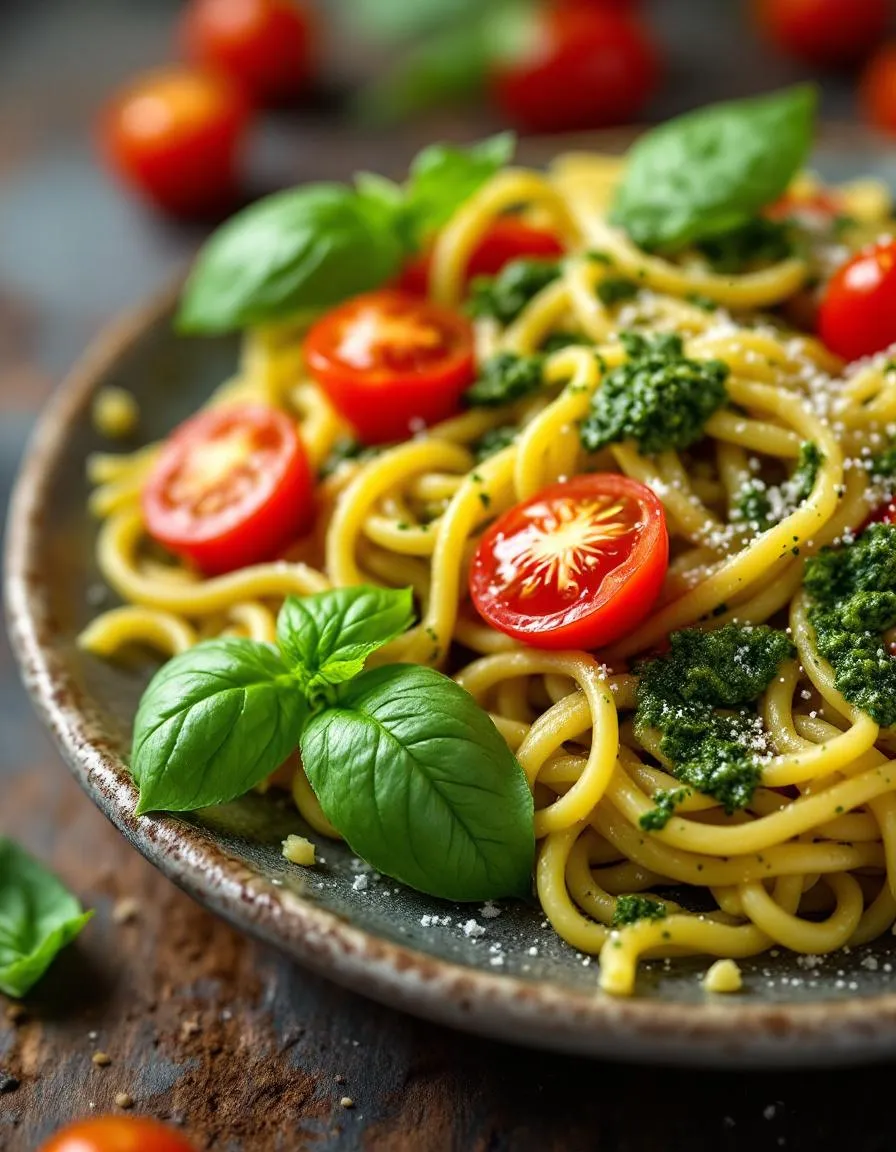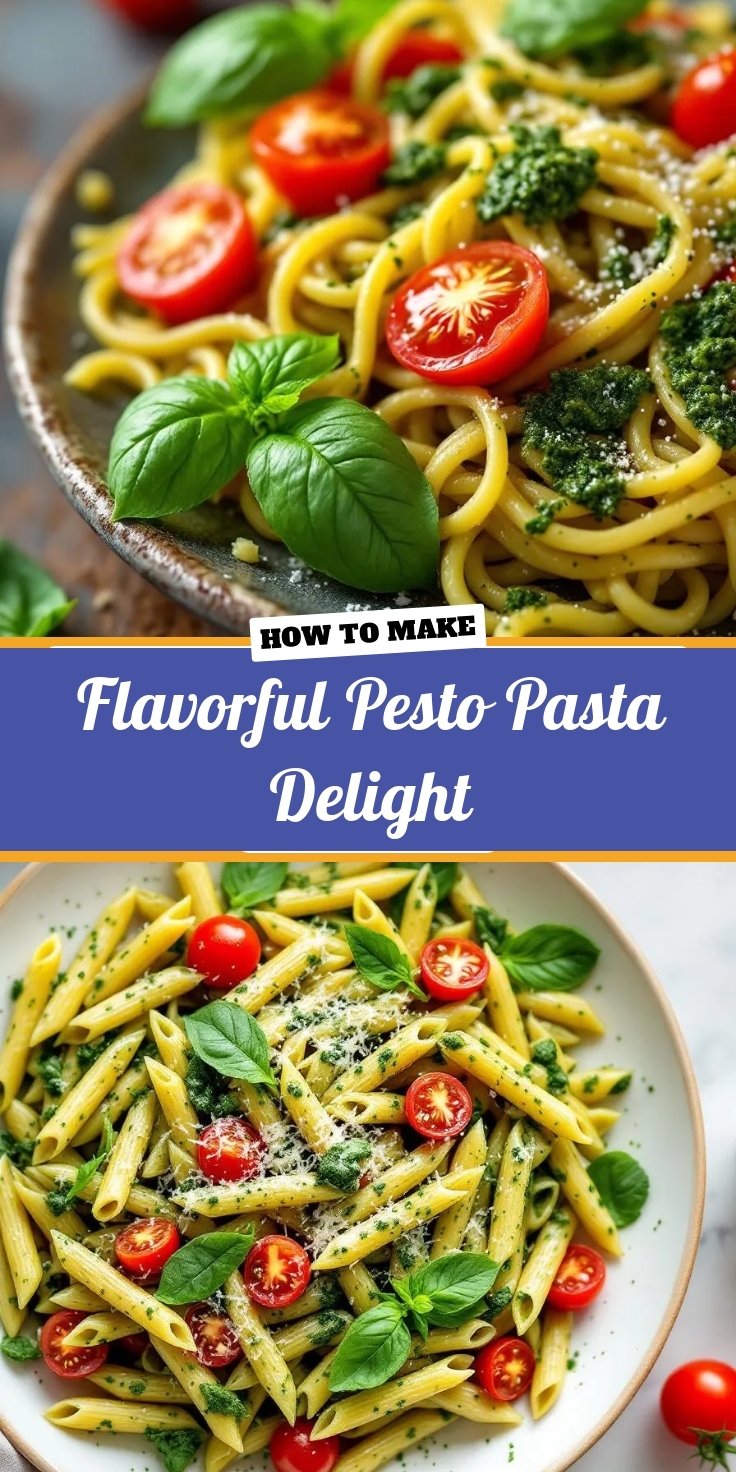Introduction
If you’re craving a dish that’s both nourishing and bursting with flavor, you’re in the right place. Today, I’m sharing my Flavorful Roasted Cauliflower Chickpea Salad—a recipe that’s become a staple in my home. Whether you need a quick weeknight dinner or a vibrant side dish for gatherings, this salad delivers. Plus, it’s packed with plant-based protein and vibrant spices, making it as wholesome as it is delicious.
Flavorful Roasted Cauliflower Chickpea Salad combines crispy roasted cauliflower, hearty chickpeas, and a tangy dressing for a meal that’s anything but boring. What makes it special? First, the roasting process caramelizes the cauliflower, deepening its natural sweetness. Meanwhile, the chickpeas add a satisfying crunch and protein boost. This dish fits perfectly with my blog’s focus on easy, flavorful recipes that don’t skimp on nutrition. If you love simple yet impressive meals, you’ll adore this salad. For more inspiration, check out my Healthy Weeknight Dinners or explore Plant-Based Recipes for other tasty ideas.
Why I Love This Recipe
This Flavorful Roasted Cauliflower Chickpea Salad holds a special place in my heart because it reminds me of cozy family dinners. I first made it during a busy week when I needed something quick yet satisfying. The moment I took that first bite, I knew it was a winner. The blend of spices, the texture, and the way it makes even the simplest ingredients shine—it’s everything I love about cooking. Now, it’s my go-to when I want a meal that feels indulgent but still keeps me energized. I hope it brings you as much joy as it does me.
Health and Nutrition
Why it’s good for your body
Flavorful Roasted Cauliflower Chickpea Salad packs a nutritious punch with every bite. First, cauliflower delivers a hefty dose of fiber, which supports digestion and keeps you full longer. Additionally, chickpeas provide plant-based protein, helping to maintain muscle health and energy levels. Together, these ingredients create a balanced dish that fuels your body efficiently.
Moreover, this salad brims with antioxidants from roasted cauliflower and fresh herbs. These compounds fight inflammation and protect your cells from damage. Meanwhile, chickpeas contribute heart-healthy minerals like magnesium and potassium. As a result, Flavorful Roasted Cauliflower Chickpea Salad not only satisfies your taste buds but also nurtures your cardiovascular system.
Finally, the dish offers versatility for various dietary needs. Whether you roast the cauliflower to caramelized perfection or toss in extra greens, you enhance its vitamin content. Transitioning to a healthier diet becomes effortless when meals like Flavorful Roasted Cauliflower Chickpea Salad taste this good. With each serving, you invest in long-term wellness without sacrificing flavor.
How it fits in a healthy lifestyle
Flavorful Roasted Cauliflower Chickpea Salad seamlessly fits into a balanced diet. If you follow a gluten-free or plant-based lifestyle, this dish naturally aligns with your goals. The high protein and fiber content also make it ideal for meal prep, keeping you energized throughout the week. Pair it with a quinoa salad for an extra nutrient boost.
For those focusing on heart health, the minimal use of oils and abundance of veggies supports lower cholesterol levels. You can even customize it with avocado for healthy fats. If you need more high-protein ideas, explore our vegan protein bowls for inspiration. Whether as a light lunch or a hearty side, this salad adapts to your daily routine while keeping nutrition a priority.
Flavorful Roasted Cauliflower Chickpea Salad
Description
A hearty and nutritious salad featuring roasted cauliflower and chickpeas with a blend of spices and fresh herbs.
Ingredients
Scale
For the Crust:
- 1 medium head cauliflower, cut into florets
- 1 can (15 oz) chickpeas, drained and rinsed
- 2 tbsp olive oil
- 1 tsp ground cumin
- 1 tsp smoked paprika
- 1/2 tsp garlic powder
- Salt and pepper to taste
- 1/4 cup chopped fresh parsley
- 2 tbsp lemon juice
- 1/4 cup crumbled feta cheese (optional)
Instructions
1. Prepare the Crust:
- Preheat oven to 400°F (200°C). Line a baking sheet with parchment paper.
- In a large bowl, toss cauliflower florets and chickpeas with olive oil, cumin, smoked paprika, garlic powder, salt, and pepper.
- Spread the mixture evenly on the prepared baking sheet. Roast for 25-30 minutes, stirring halfway, until cauliflower is tender and golden.
- Transfer roasted cauliflower and chickpeas to a serving bowl. Add fresh parsley, lemon juice, and feta cheese (if using). Toss gently to combine.
- Serve warm or at room temperature.
Notes
You can customize the seasonings to taste.
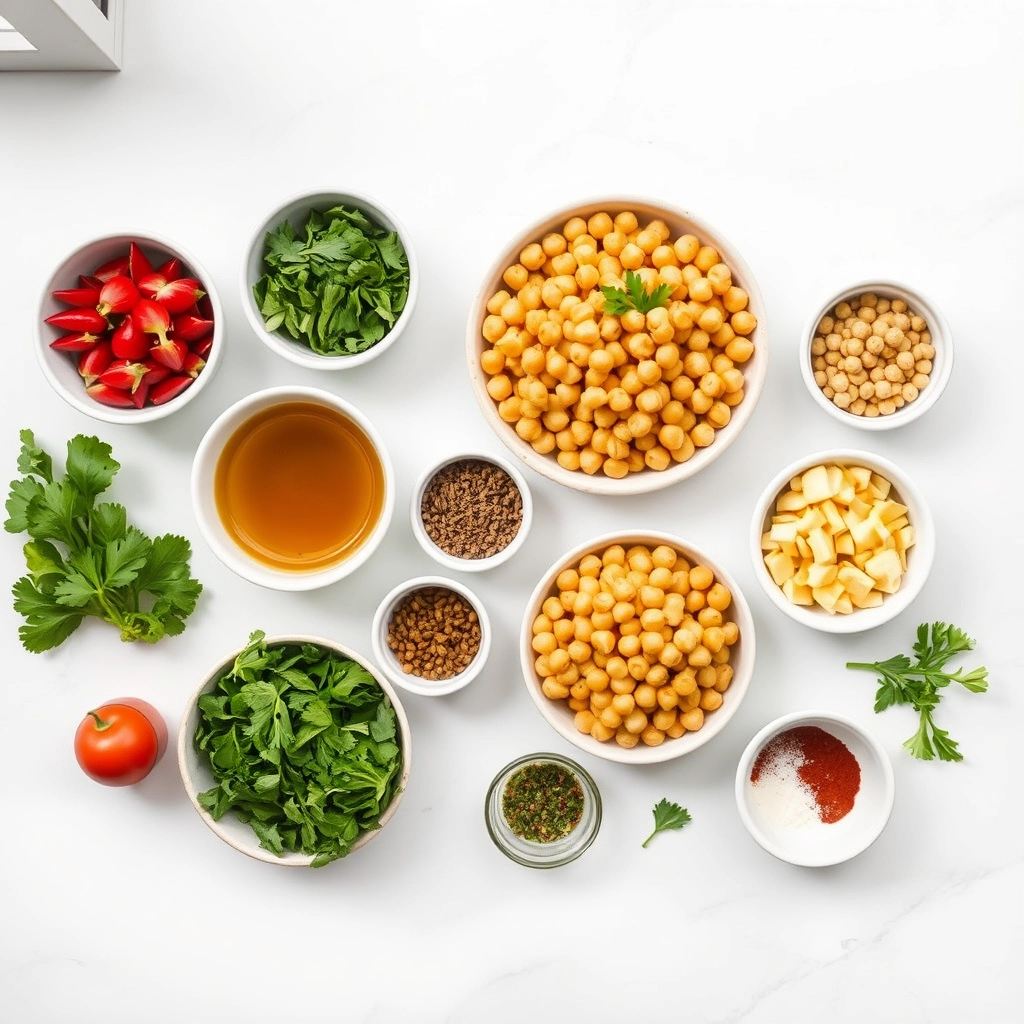
“`html
How to Prepare This Dish
Steps and time-saving tips
Start by preheating your oven to 400°F to save time while prepping the ingredients. Next, chop a head of cauliflower into bite-sized florets and toss them with olive oil, salt, and your favorite spices—I love smoked paprika and cumin for extra depth. Spread the florets on a baking sheet in a single layer to ensure even roasting. While the cauliflower bakes for 20-25 minutes, drain and rinse a can of chickpeas, then pat them dry with a towel to help them crisp up. Toss the chickpeas with a drizzle of olive oil and a pinch of salt, then add them to the same baking sheet halfway through roasting. Meanwhile, whisk together a simple dressing with lemon juice, tahini, garlic, and a splash of water to thin it out. Once the cauliflower and chickpeas turn golden and crispy, let them cool slightly before folding them into a bowl of fresh greens. Drizzle the dressing over the top and gently toss everything together. For a time-saving hack, roast a double batch of cauliflower and chickpeas to use in wraps or grain bowls later in the week.
Mistakes I’ve made and learned from
Early on, I rushed the roasting process and ended up with soggy cauliflower—turns out, overcrowding the baking sheet traps steam. Now I always leave space between the florets for better browning. Another blunder? Skipping the step of drying the chickpeas thoroughly, which kept them from getting crispy. A quick towel pat makes all the difference, just like when I perfect my roasted vegetable techniques. I also used to drown the salad in dressing, masking the flavors of the spices. A light drizzle is plenty, especially if you let the salad sit for 10 minutes to meld, similar to the resting trick I learned from my dressing balance guide. Trust me, these small tweaks turn a good salad into a standout dish.
“`
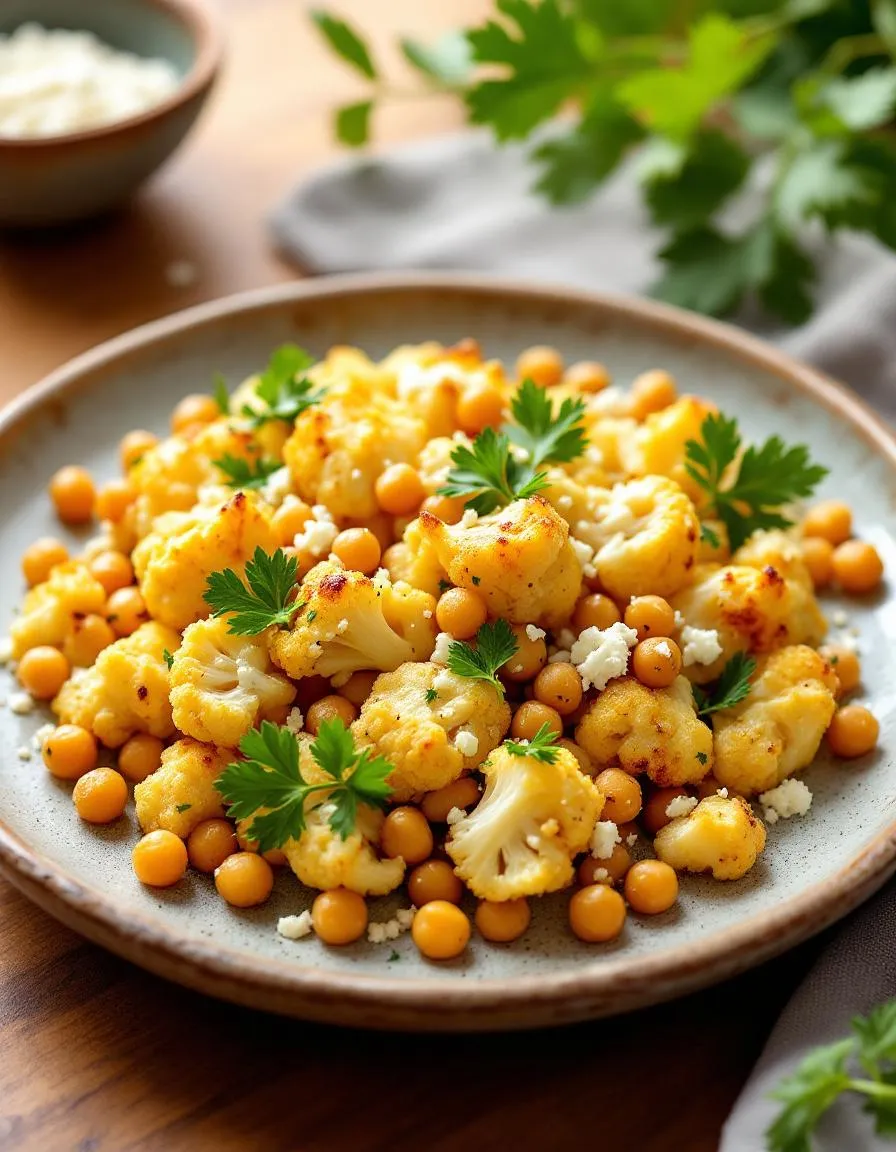
Cultural Connection and Variations
Where this recipe comes from
The Flavorful Roasted Cauliflower Chickpea Salad carries roots in Mediterranean and Middle Eastern cuisines, where roasted vegetables and legumes often take center stage. Families in Lebanon might toss in sumac for a tangy kick, while Greek cooks could crumble feta on top for a salty contrast. My grandmother, however, always added a handful of toasted pine nuts for crunch, turning it into a holiday staple. Whether served warm or cold, this dish bridges cultures effortlessly.
Travel to Morocco, and you’ll find a spicier version with harissa and preserved lemon. Meanwhile, in India, cooks might swap chickpeas for black gram and roast the cauliflower with turmeric and cumin. The Flavorful Roasted Cauliflower Chickpea Salad adapts like a chameleon, reflecting local pantries and traditions. Even in my home, we tweak it seasonally—adding pomegranate seeds in winter or fresh herbs in summer. No two versions taste the same, and that’s the beauty of it.
How it fits in today’s cooking
Today, the Flavorful Roasted Cauliflower Chickpea Salad shines as a versatile, plant-powered meal. Busy cooks love it for meal prep, while food bloggers rave about its Instagram-worthy colors. It’s a star at potlucks and a reliable side for weeknight dinners, proving that healthy eating doesn’t mean sacrificing flavor. Modern twists, like adding tahini drizzle or swapping cauliflower for broccolini, keep it fresh and exciting.
Seasonal eaters embrace it, too. In fall, roasted squash joins the mix. Come spring, tender asparagus tips take over. The salad even pairs perfectly with lighter desserts, making it a go-to for balanced menus. Whether you’re a vegan, a flexitarian, or just craving something vibrant, this dish fits right in. It’s more than a recipe—it’s a canvas for creativity.
Taste and Texture
What makes it delicious
Flavorful Roasted Cauliflower Chickpea Salad delivers a satisfying mix of textures and bold flavors. The roasted cauliflower turns caramelized and slightly nutty, while the chickpeas add a creamy yet firm bite. Fresh parsley and lemon zest brighten every forkful, and a drizzle of tahini dressing ties it all together with its rich, earthy depth. Meanwhile, toasted almonds scatter crunch across each bite, contrasting the tender veggies. Flavorful Roasted Cauliflower Chickpea Salad smells like warmth and spice, thanks to smoky paprika and garlic roasting alongside the cauliflower. Every bite feels hearty but fresh—perfect for those who crave balance.
Boosting the flavor
For extra flair, try tossing in sun-dried tomatoes or crumbled feta for a salty tang. A sprinkle of za’atar or sumac amplifies the Middle Eastern vibe, while a dash of chili flakes brings heat. If you love creamy dressings, swap tahini for avocado ranch—its cool richness pairs beautifully with the roasted veggies. Craving more crunch? Top it with spiced pumpkin seeds for an extra layer of flavor and texture. Small tweaks make this salad endlessly adaptable.
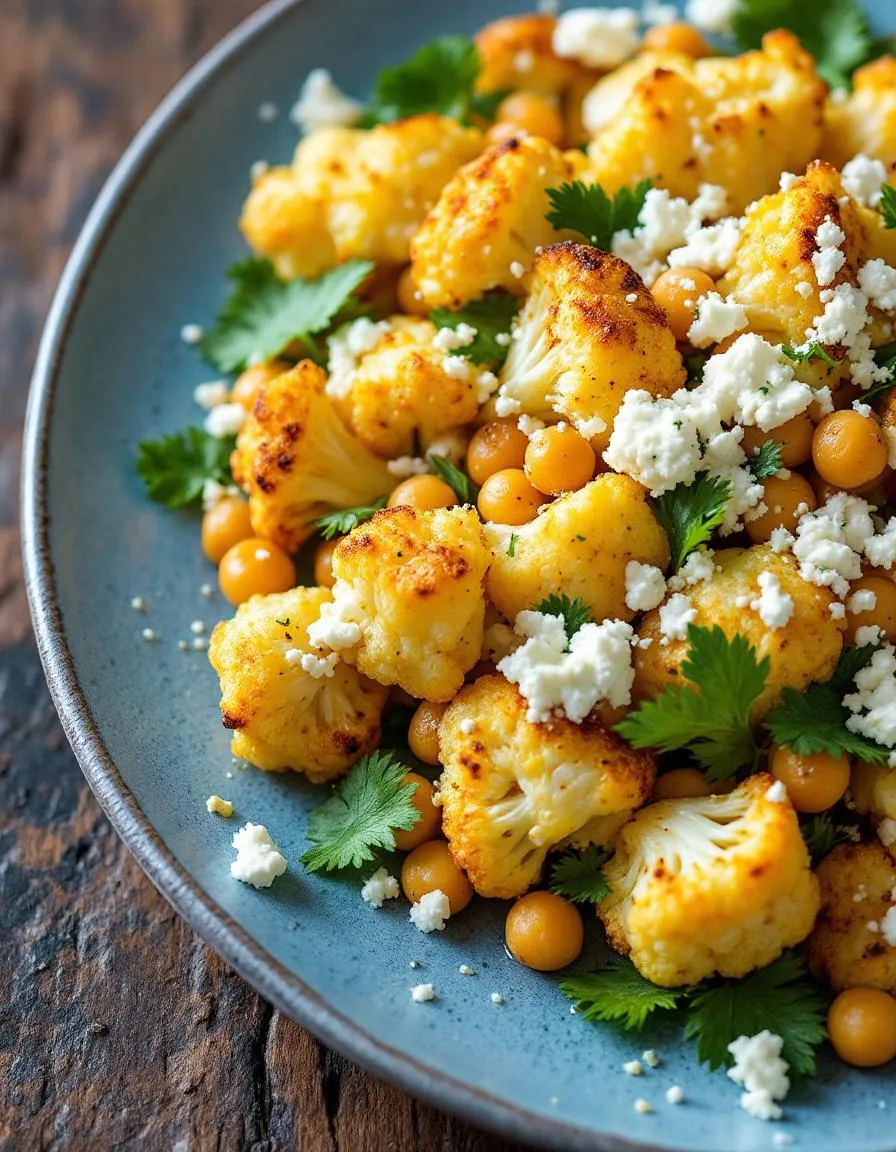
Tips for Success
Best practices for results
First, always roast the cauliflower and chickpeas separately to ensure even cooking. Next, toss them in oil just enough to coat lightly—this prevents sogginess. For the best Flavorful Roasted Cauliflower Chickpea Salad, season generously while roasting to build deep flavor. Additionally, let the roasted ingredients cool slightly before mixing to keep the salad crisp. Finally, taste and adjust the dressing right before serving for a bright, balanced finish.
Mistakes to avoid
Avoid overcrowding the baking sheet, as this steams the veggies instead of roasting them. Instead, spread the cauliflower and chickpeas in a single layer for perfect caramelization. Also, don’t skip toasting the nuts or seeds—their crunch elevates the Flavorful Roasted Cauliflower Chickpea Salad. For more roasting tips, check out our guide on perfect roasted vegetables. Another common mistake? Adding dressing too early, which makes the salad limp. For ideal texture, follow our salad dressing secrets for timing and ratios.
Serving and Pairing Suggestions
How to serve this dish
For a stunning presentation, arrange the Flavorful Roasted Cauliflower Chickpea Salad on a large platter with fresh herbs like parsley or cilantro sprinkled on top. Meanwhile, if you’re serving it at a gathering, consider layering it over a bed of mixed greens for extra color and texture. This dish shines at potlucks, holiday meals, or even as a vibrant lunch option. To make it even more inviting, add a drizzle of tahini or a squeeze of lemon right before serving.
What goes well with it
Pair the Flavorful Roasted Cauliflower Chickpea Salad with a crisp white wine like Sauvignon Blanc, which highlights its zesty lemon dressing. Alternatively, serve it alongside warm garlic naan or pita bread for a satisfying contrast in textures. If you’re looking for a heartier meal, try pairing it with our Herb-Roasted Chicken for a balanced dinner. For a lighter option, our Creamy Avocado Dip adds a cool, creamy element that complements the salad’s bold flavors perfectly.
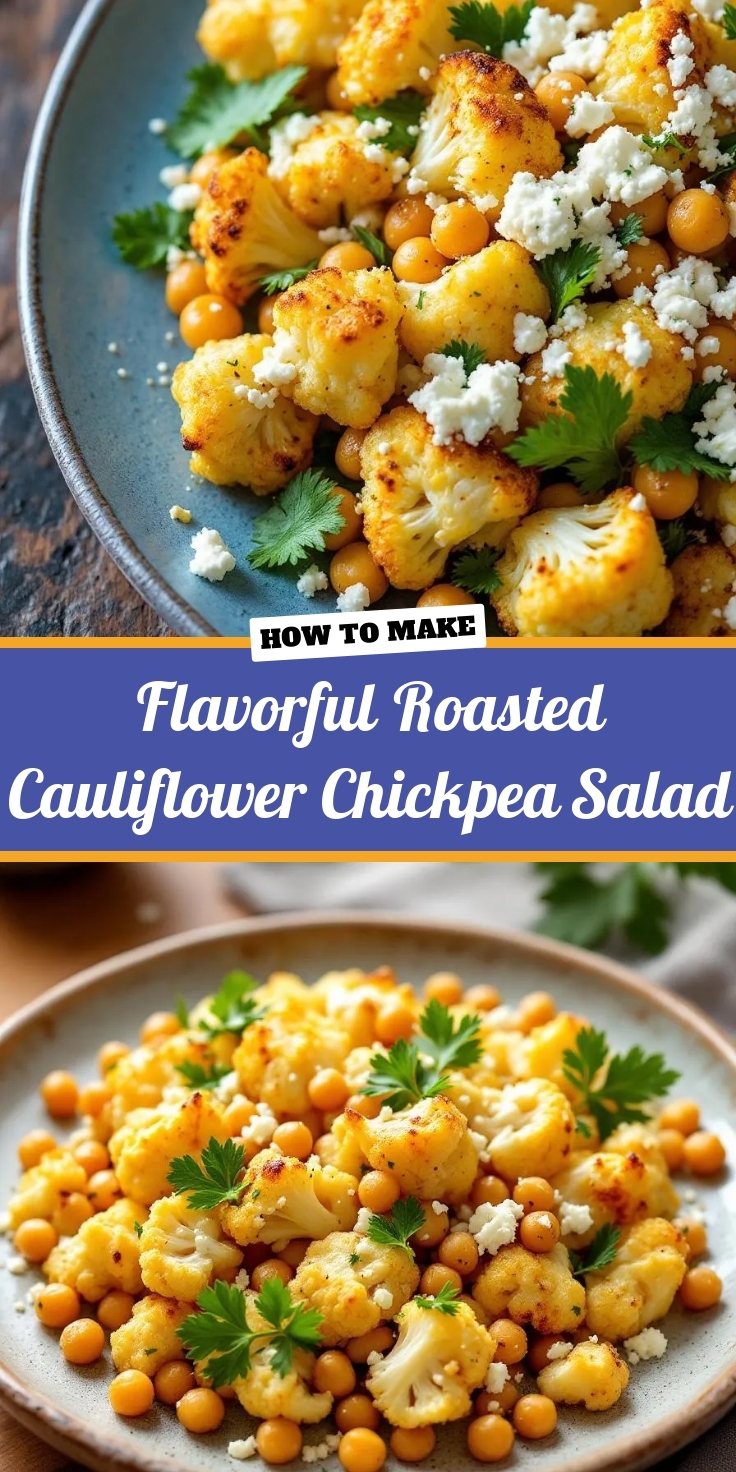
To make Flavorful Roasted Cauliflower Chickpea Salad, toss the cauliflower and chickpeas with olive oil, smoked paprika, cumin, and garlic powder before roasting. Finish with fresh herbs like parsley or cilantro and a tangy lemon-tahini dressing for extra brightness.
Yes! Flavorful Roasted Cauliflower Chickpea Salad stores well for 3–4 days in the fridge. Keep the dressing separate until serving to maintain texture. The flavors deepen over time, making it perfect for meal prep.
For extra protein, try adding grilled chicken, quinoa, or crumbled feta to your Flavorful Roasted Cauliflower Chickpea Salad. Chickpeas already provide plant-based protein, but these additions make it even heartier.
Flavorful Roasted Cauliflower Chickpea Salad tastes great both ways! Serve it warm right after roasting for a cozy dish, or chilled for a refreshing lunch. The textures and flavors adapt beautifully to either temperature.


